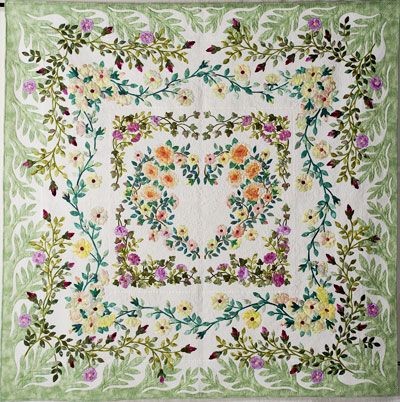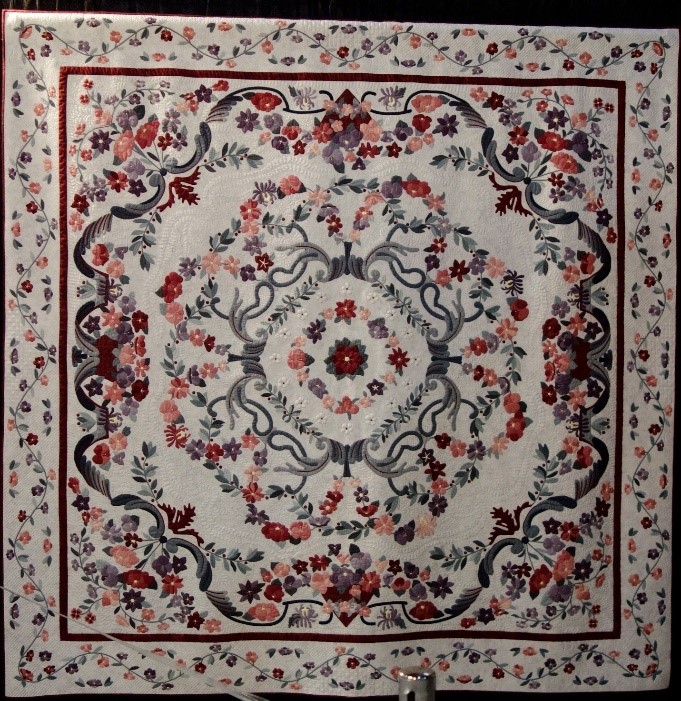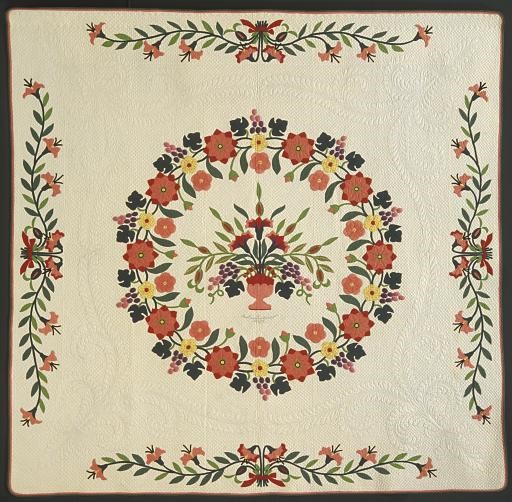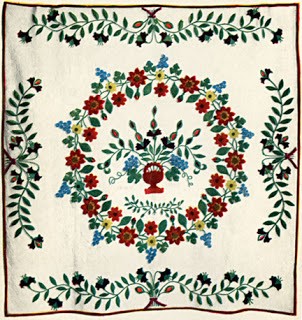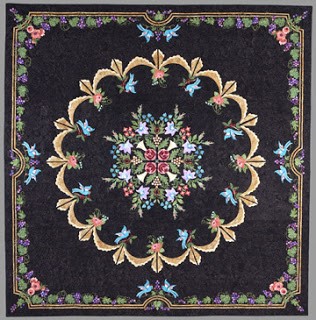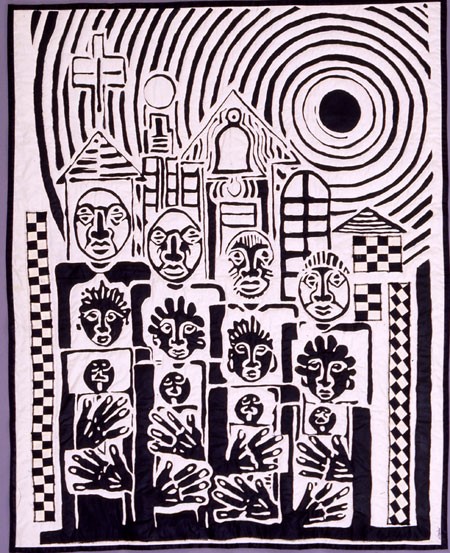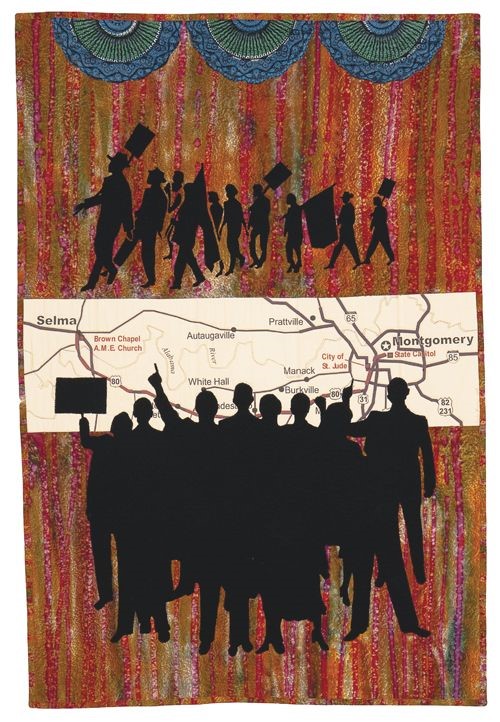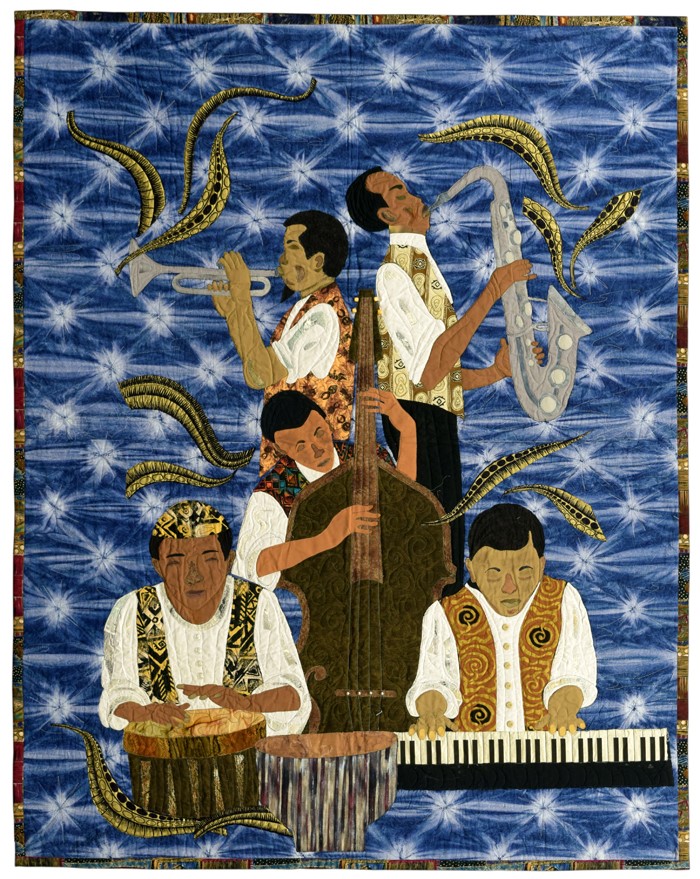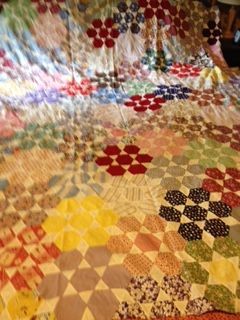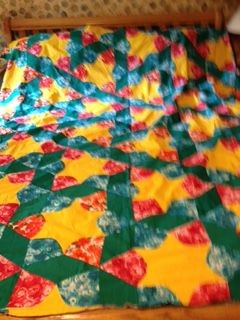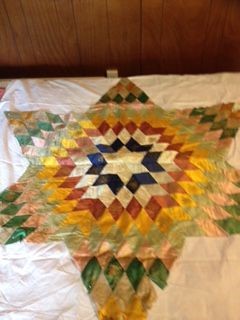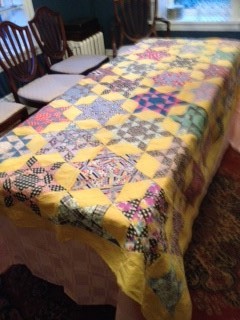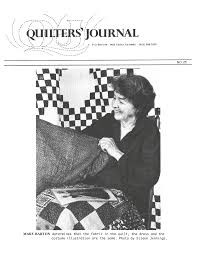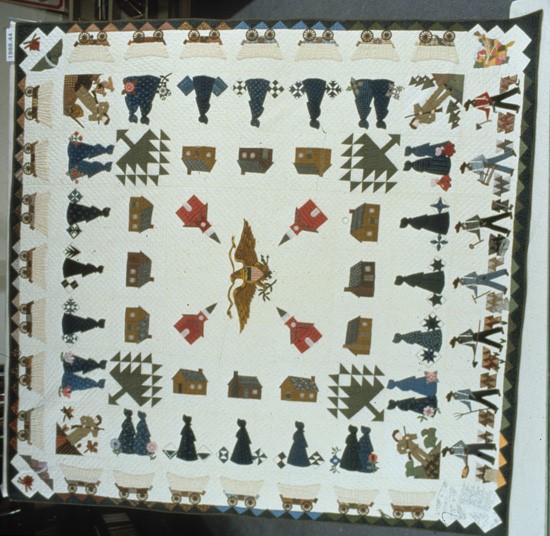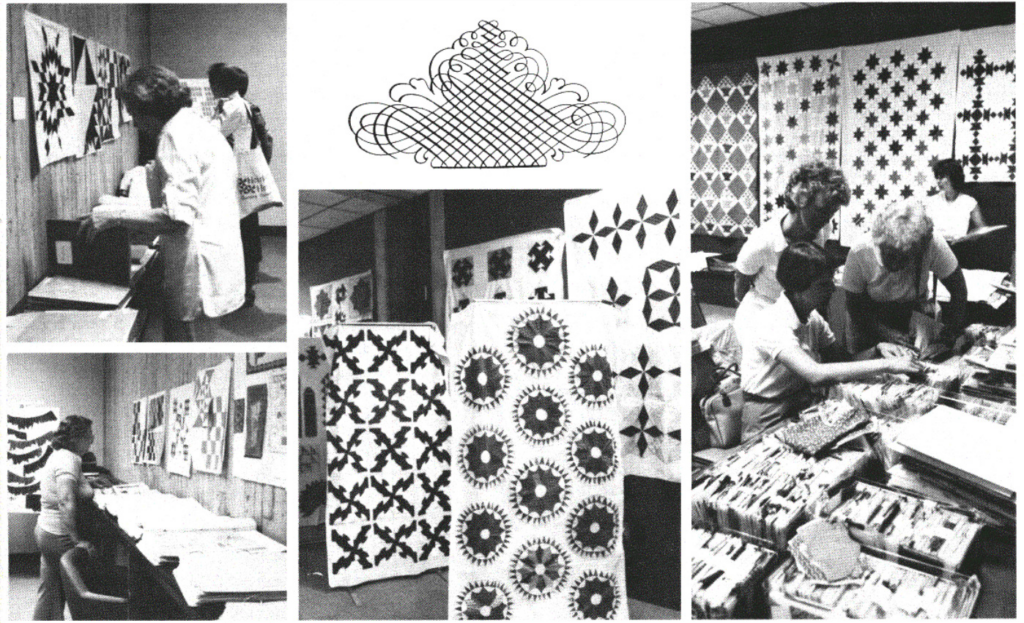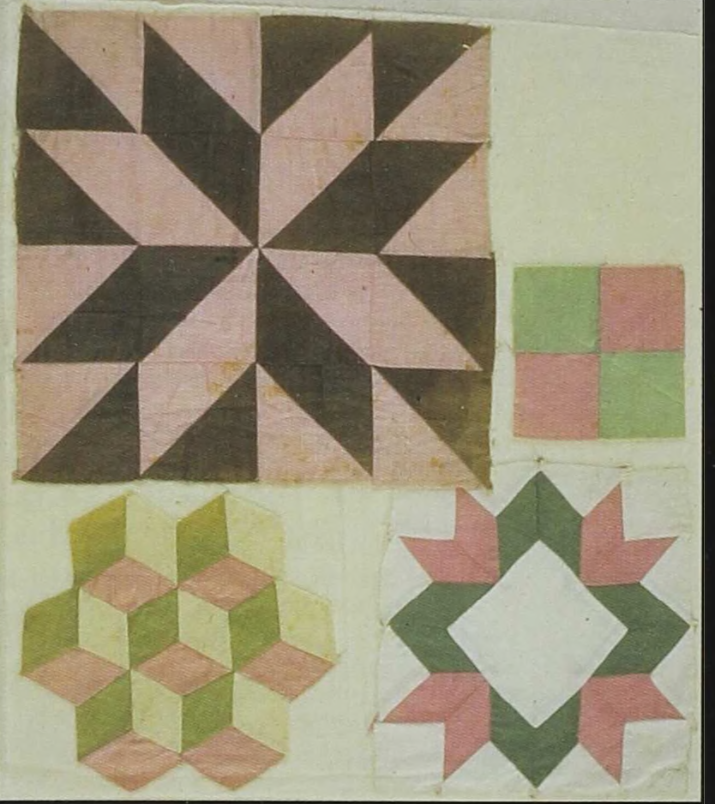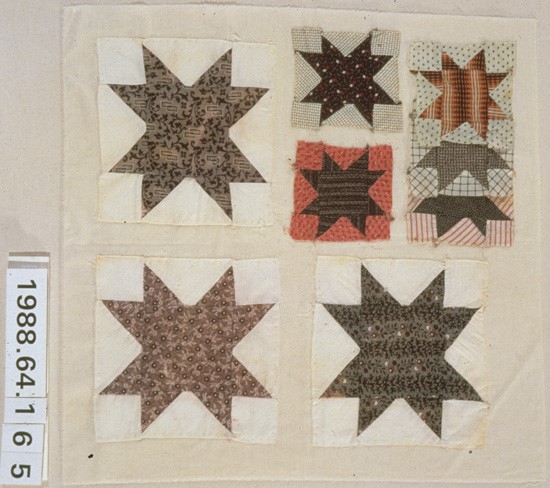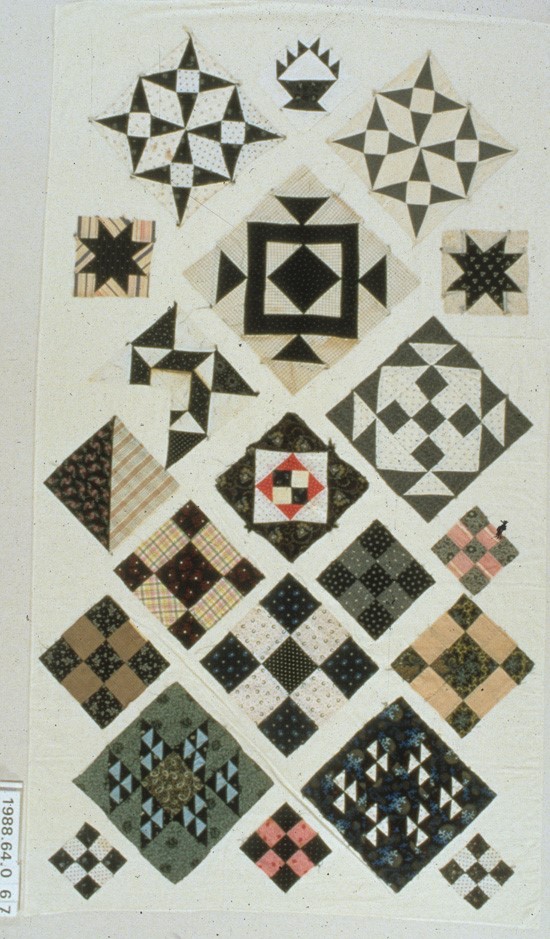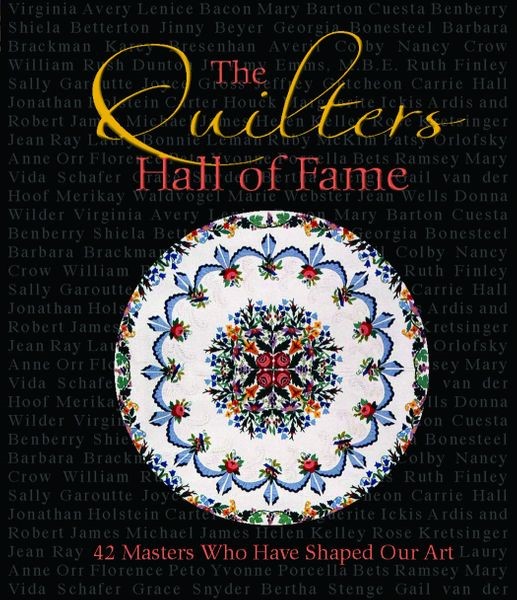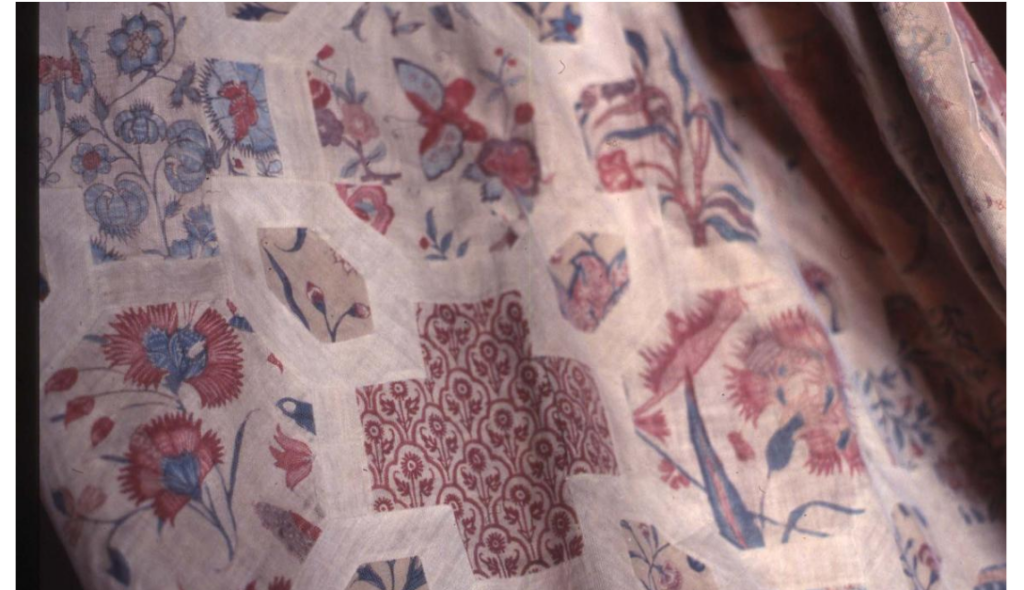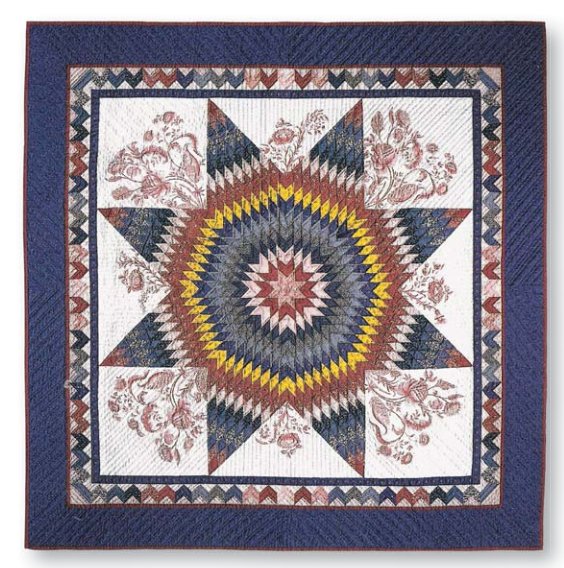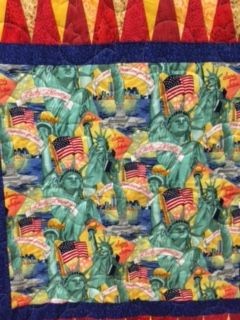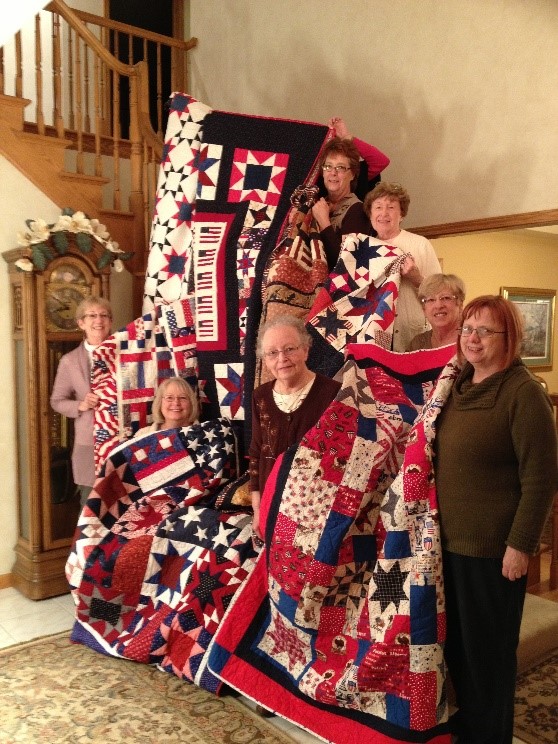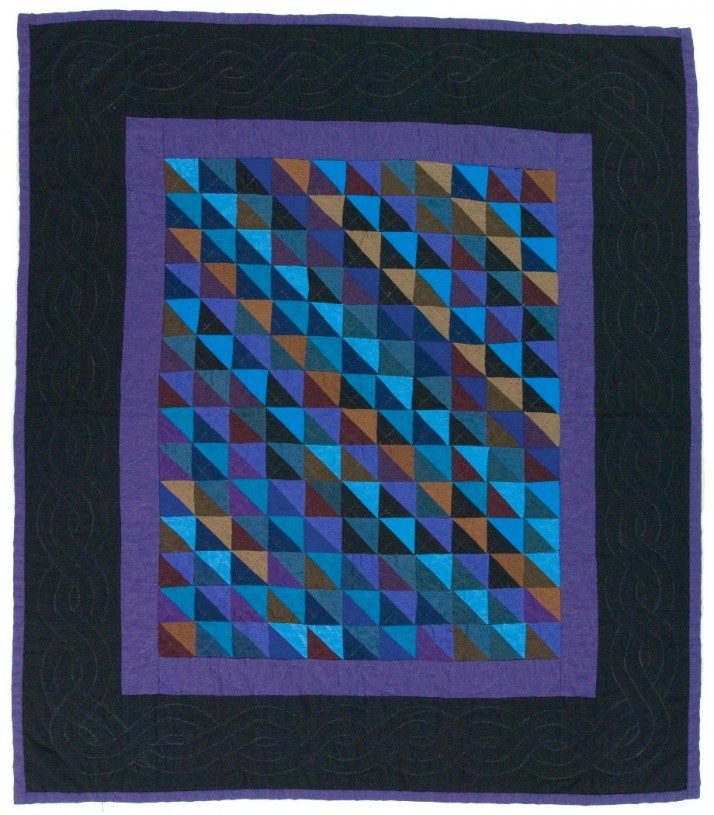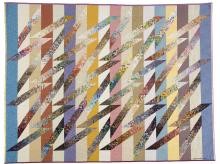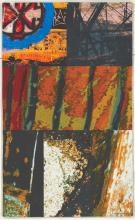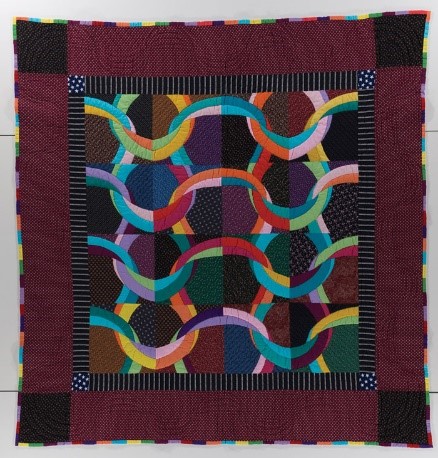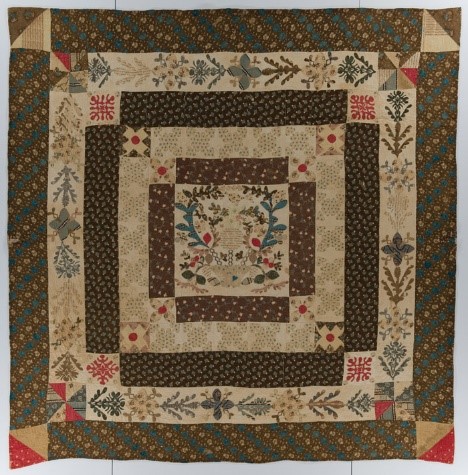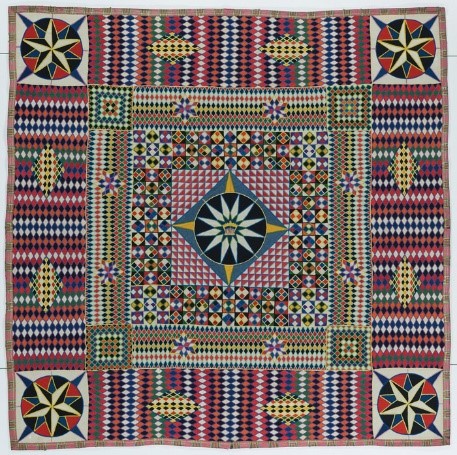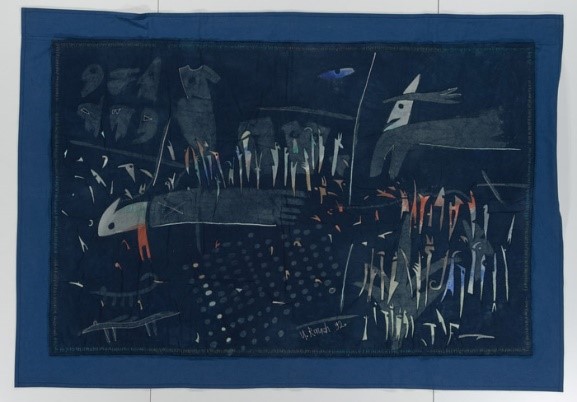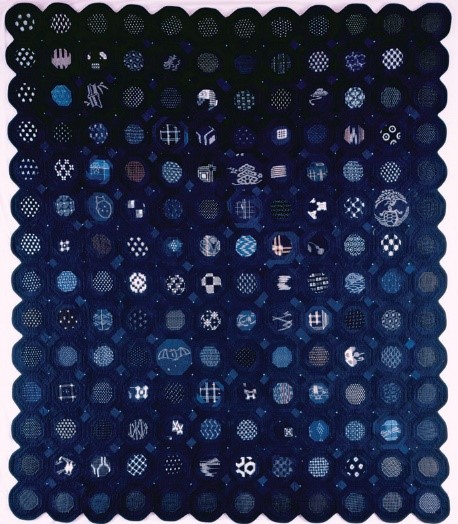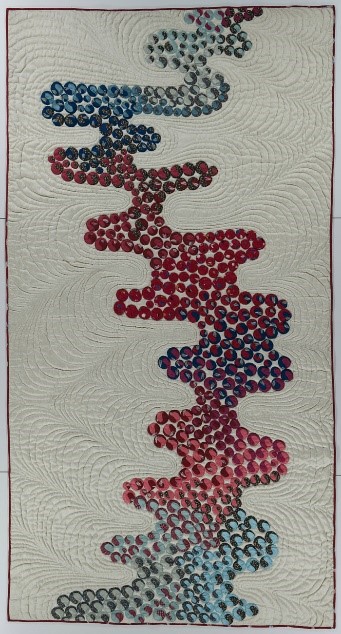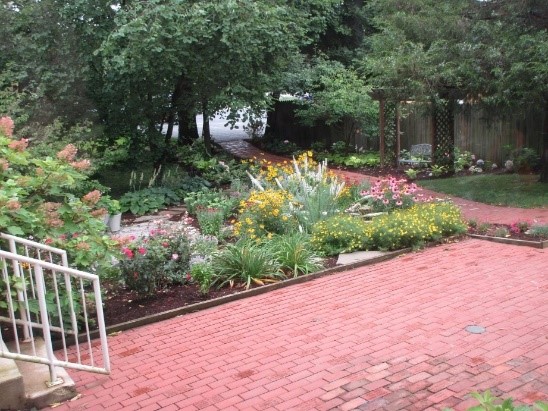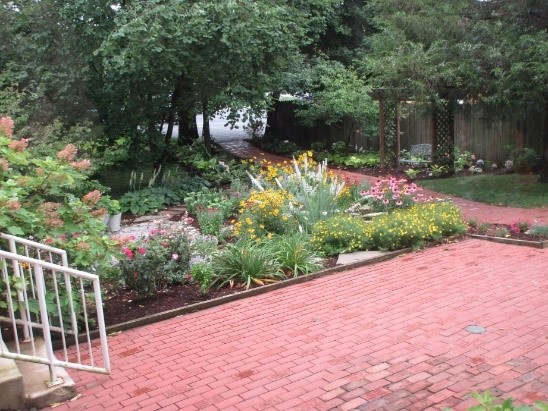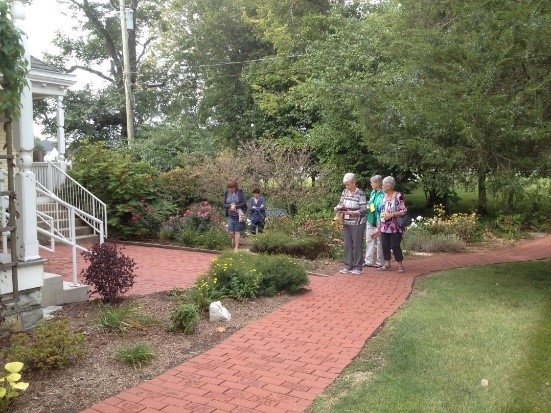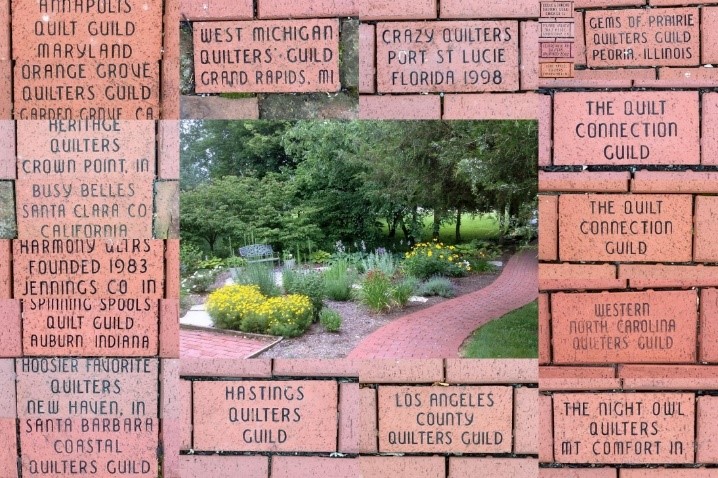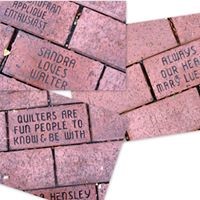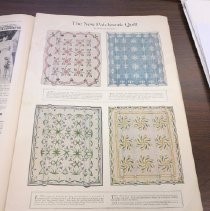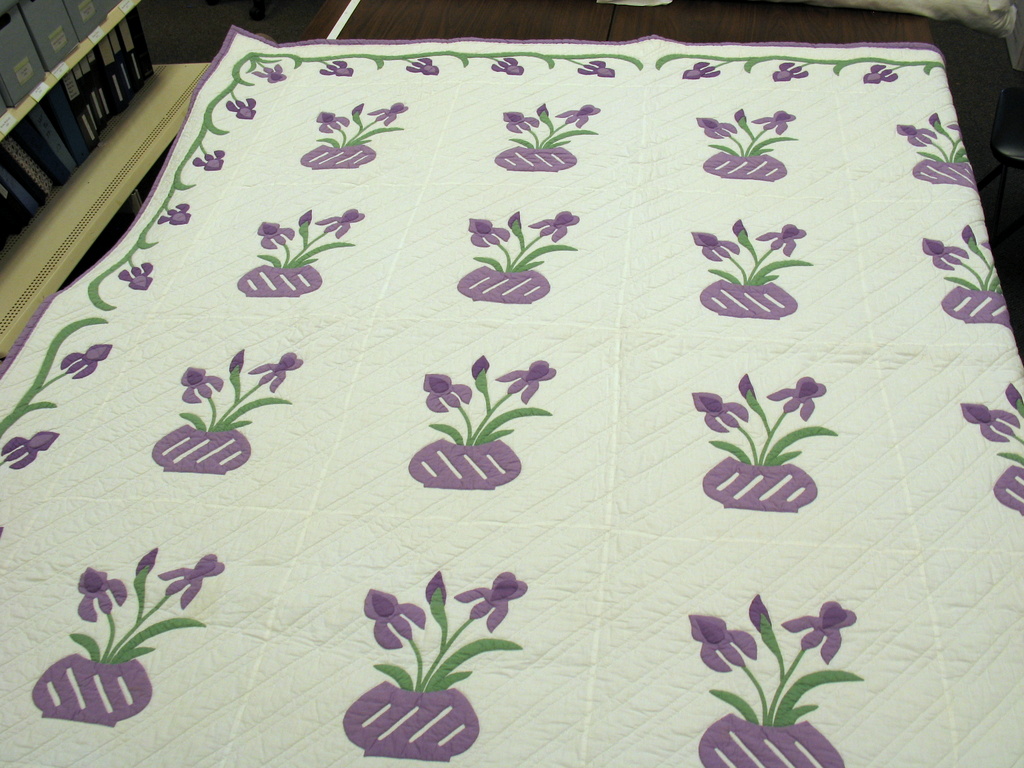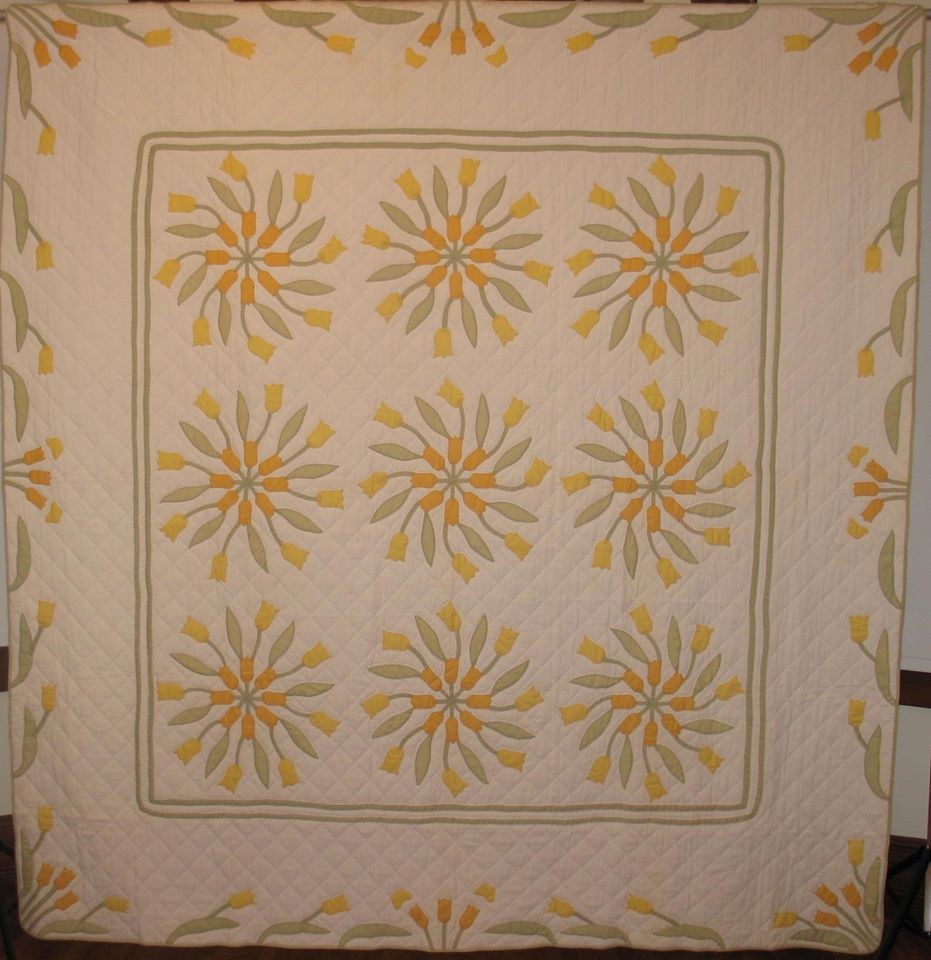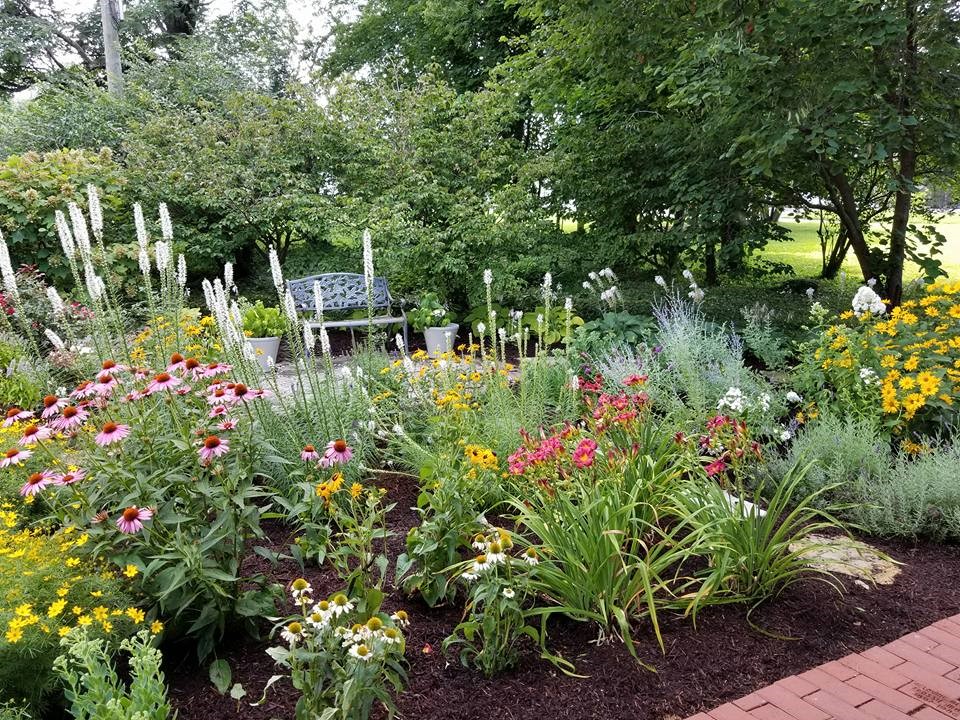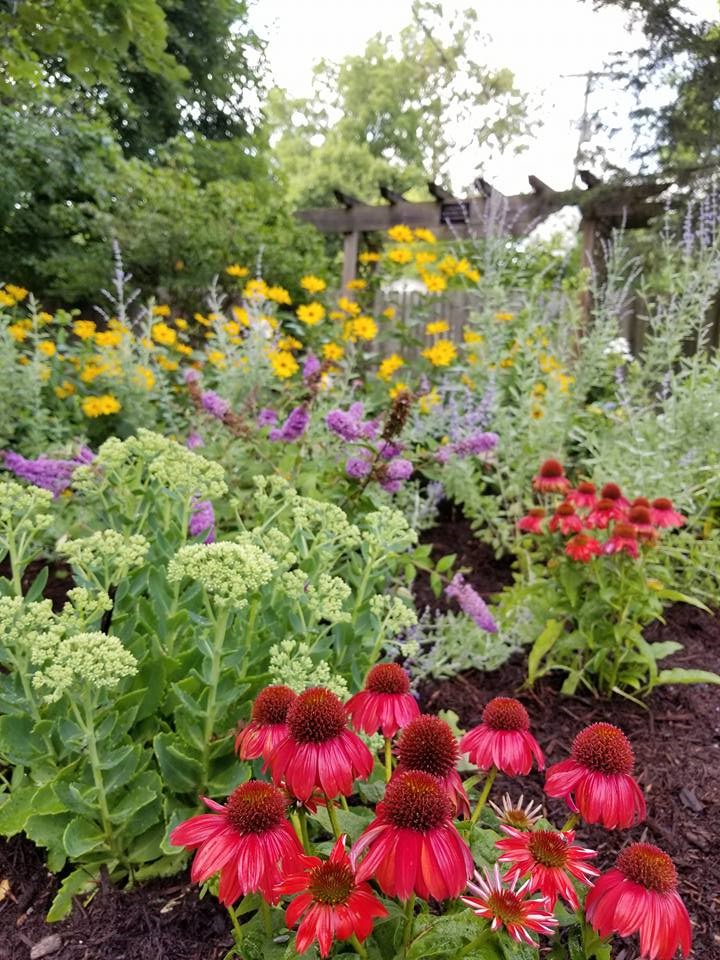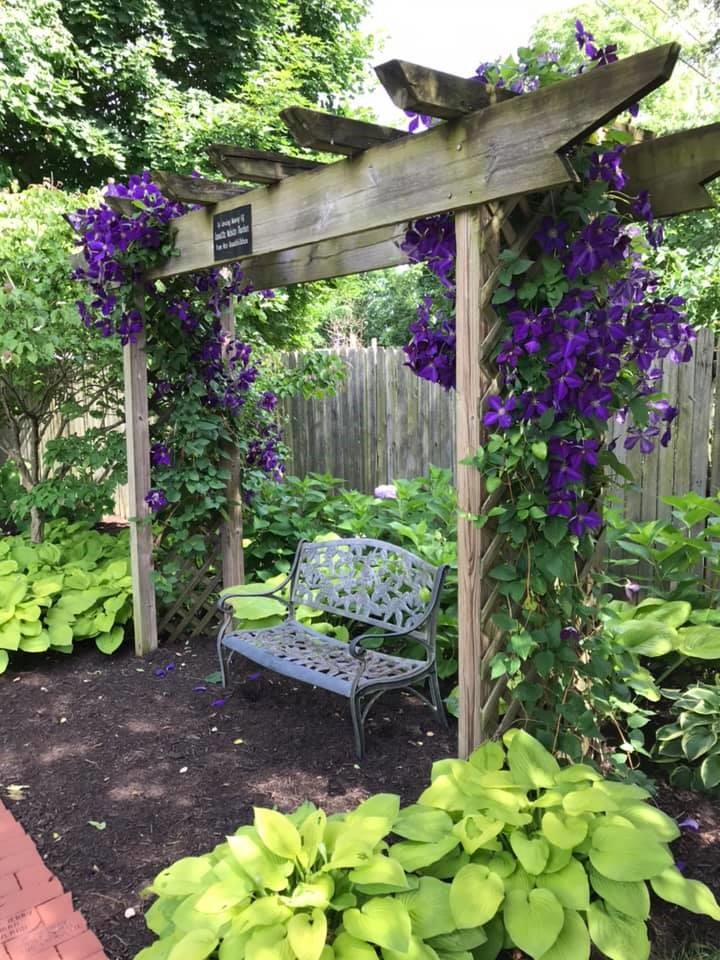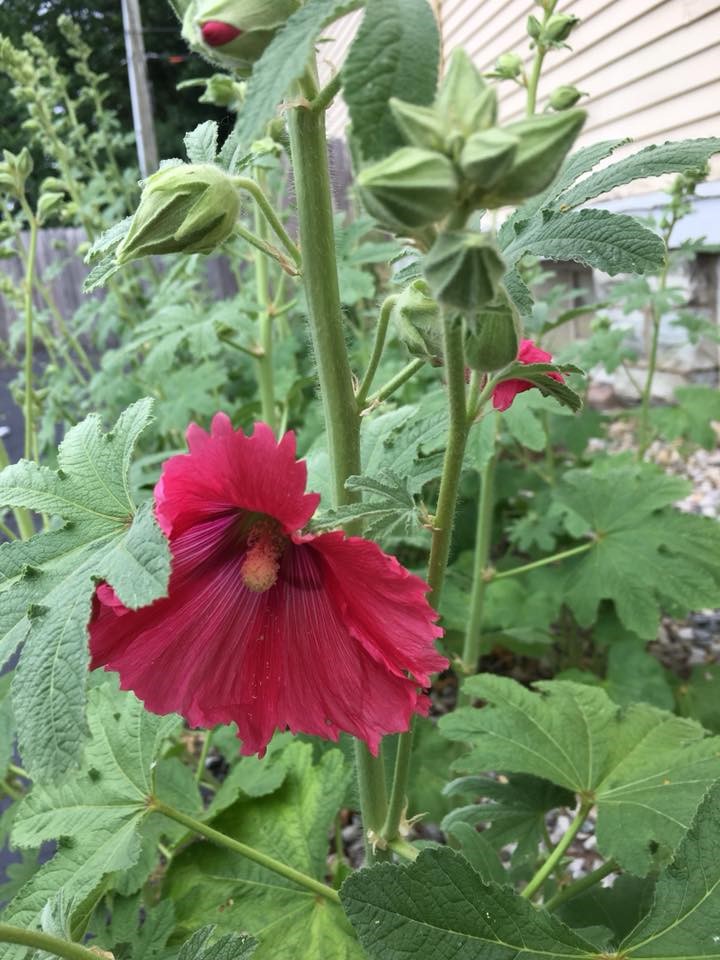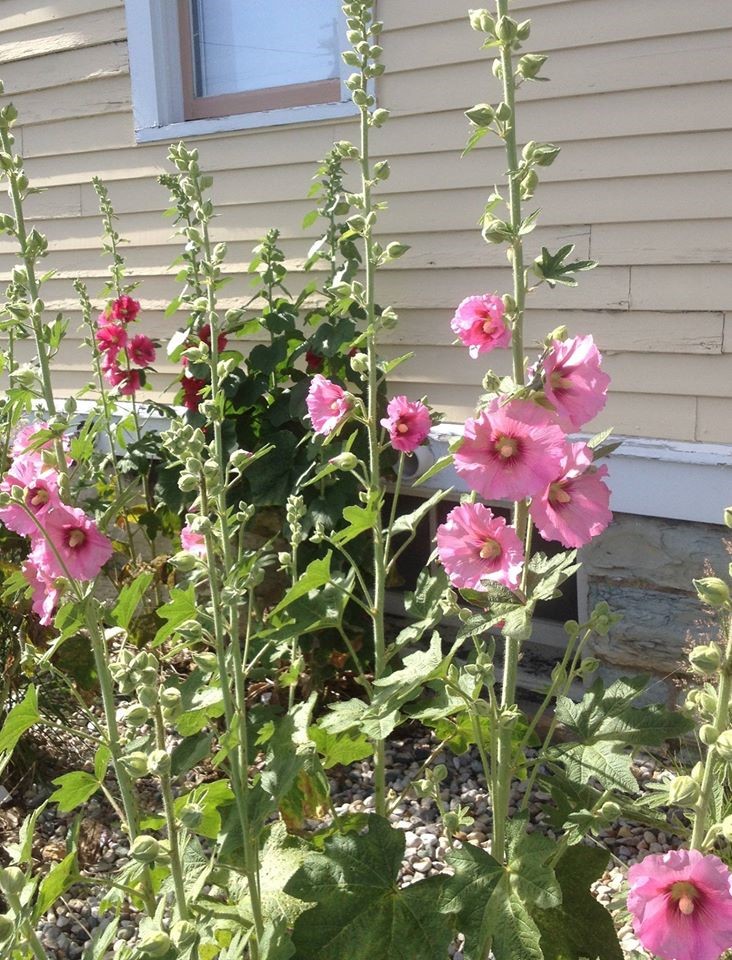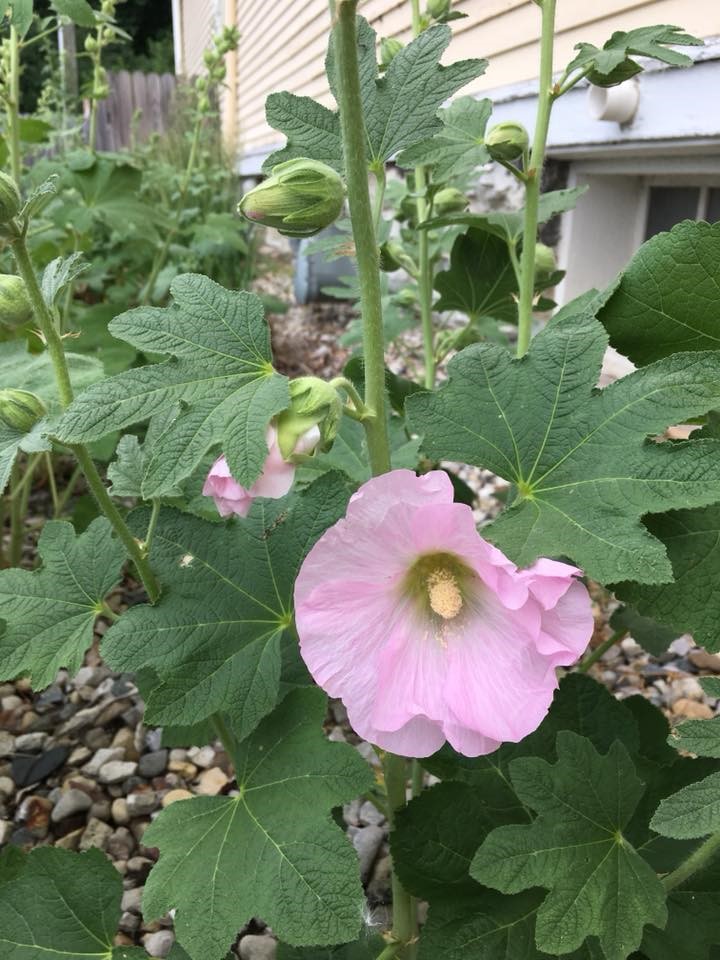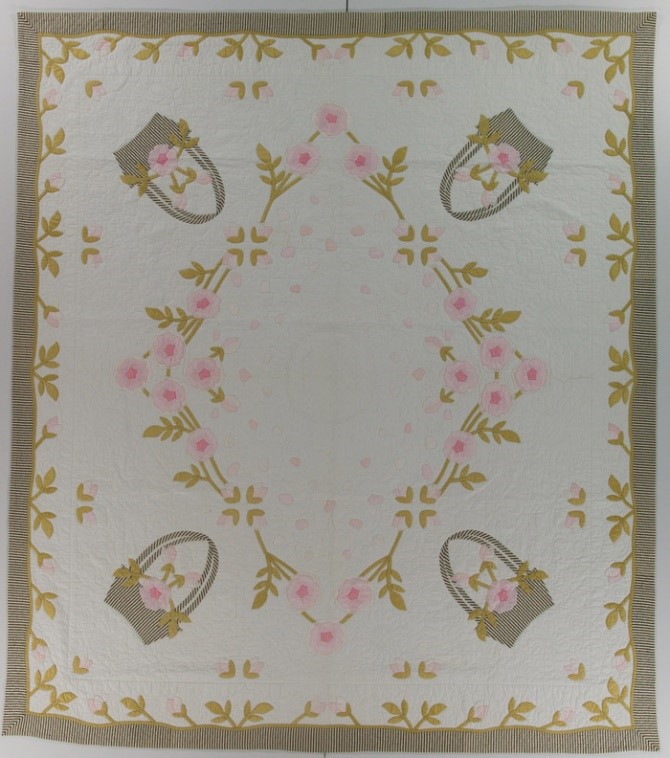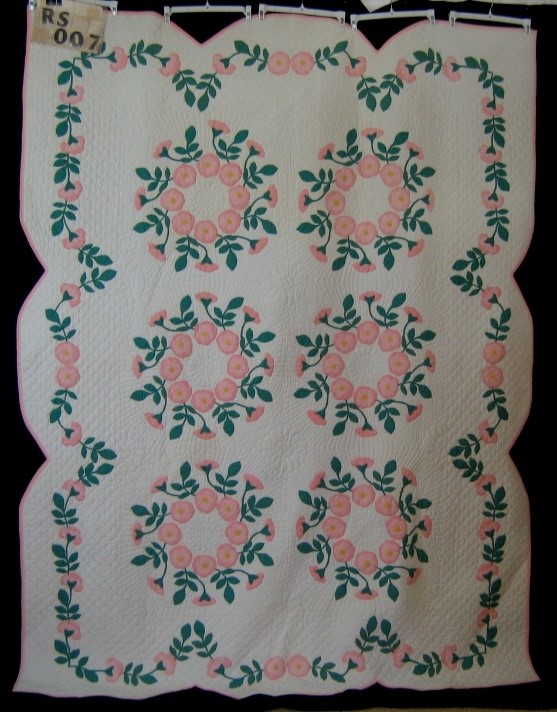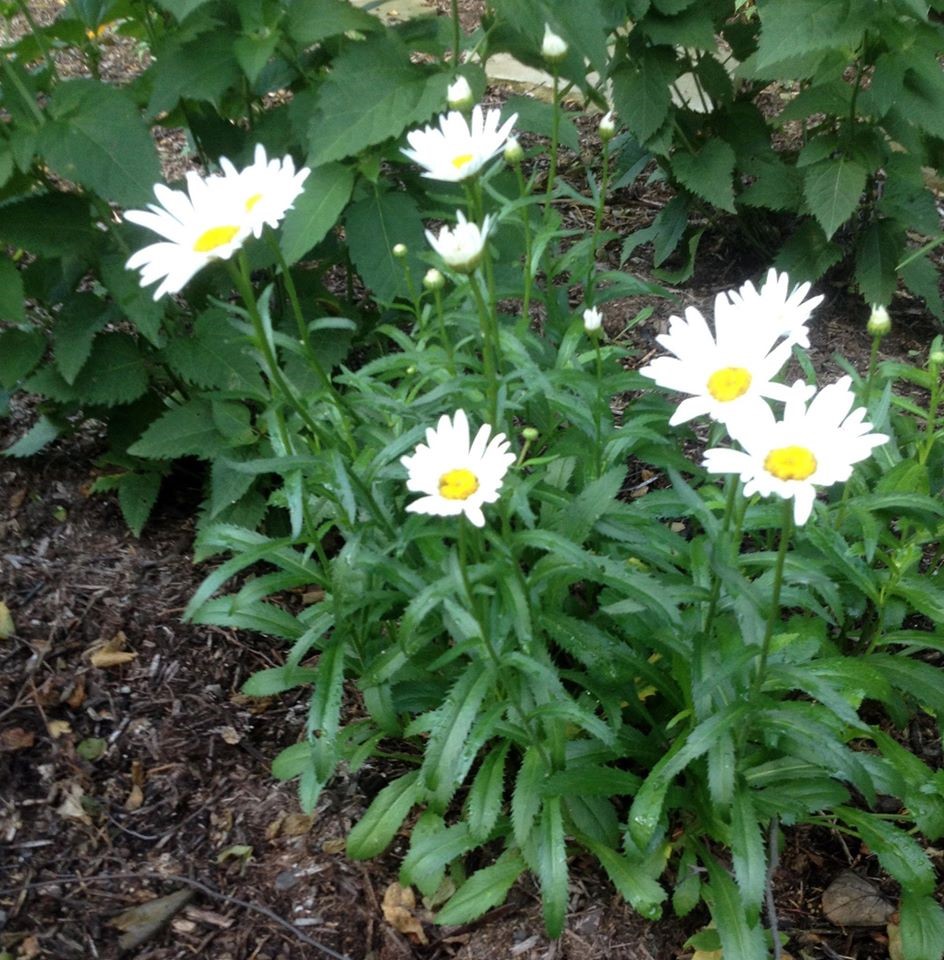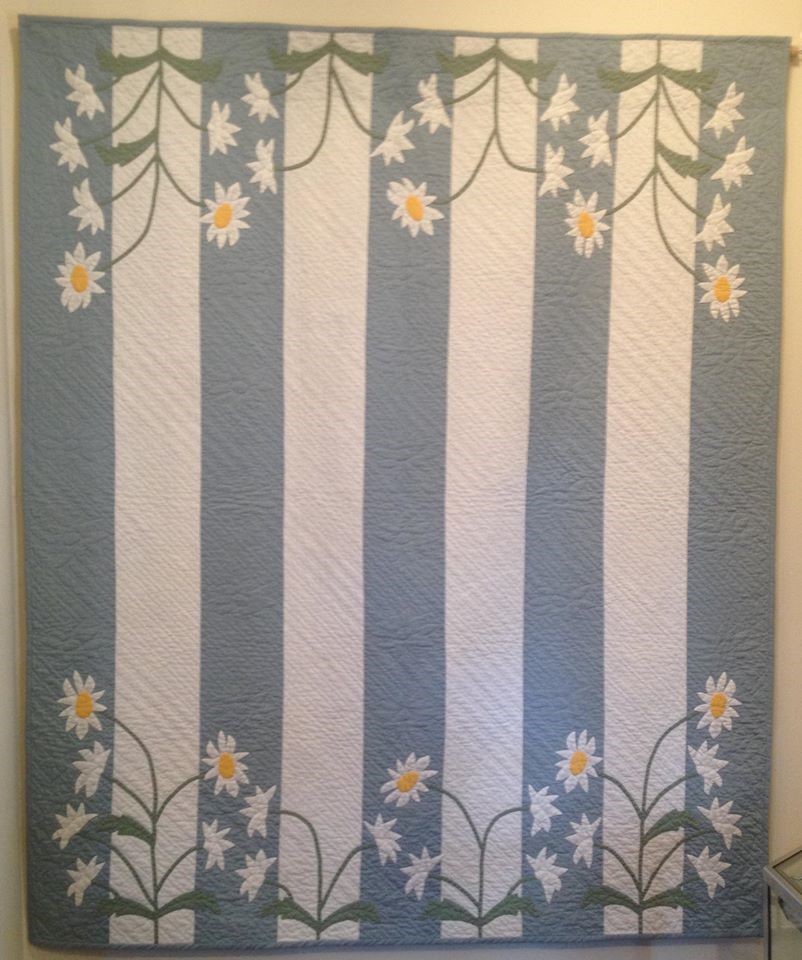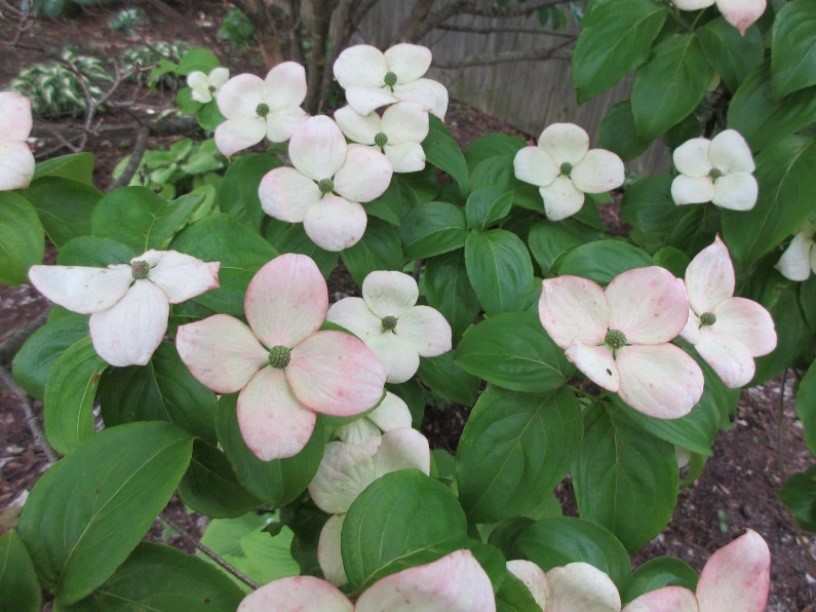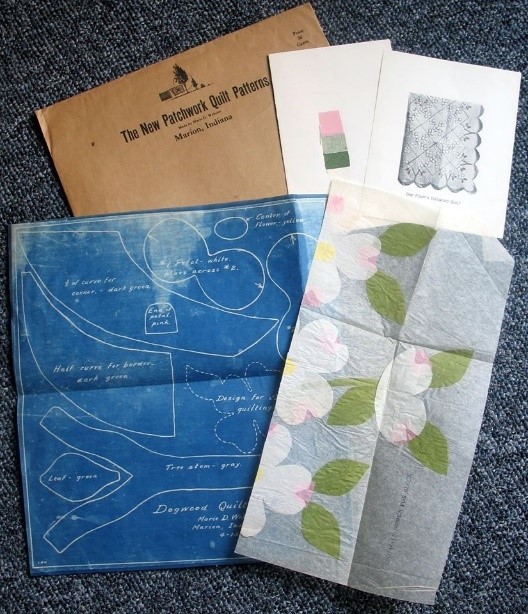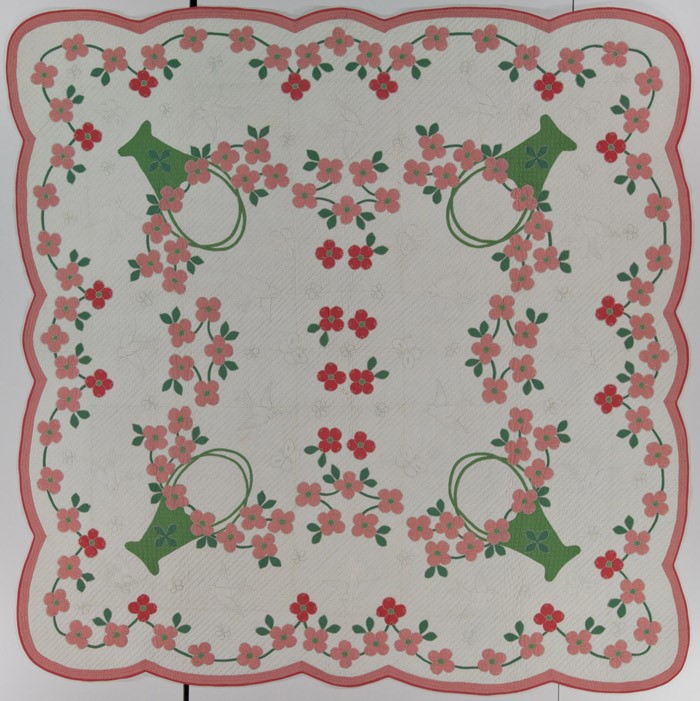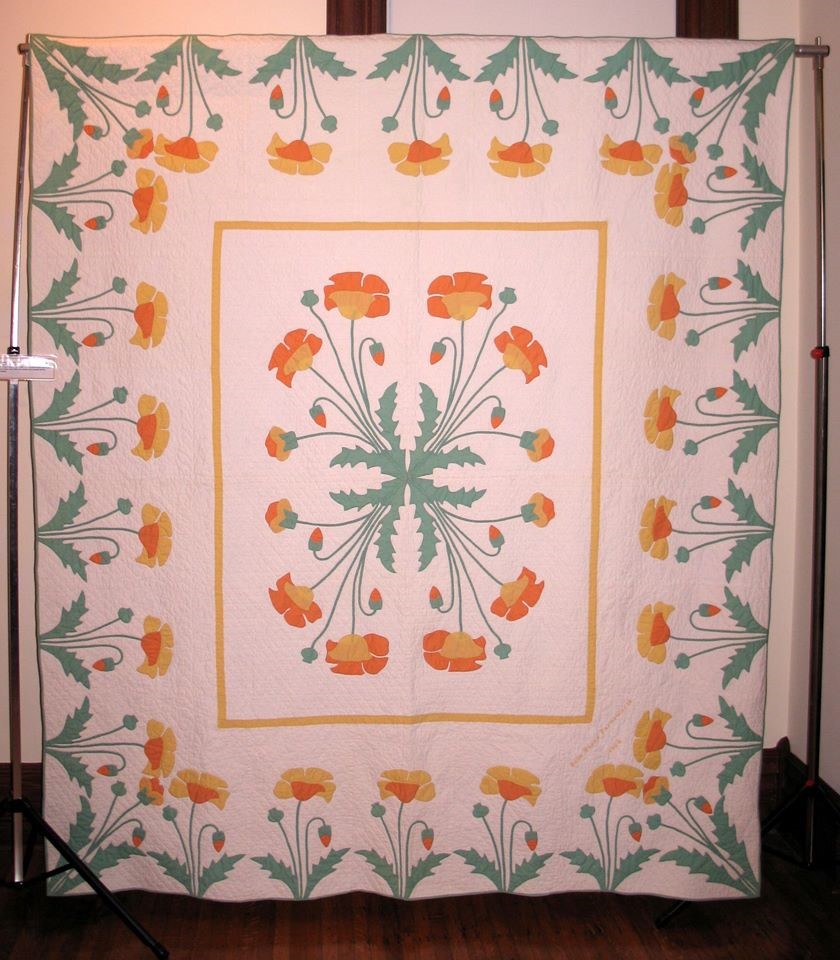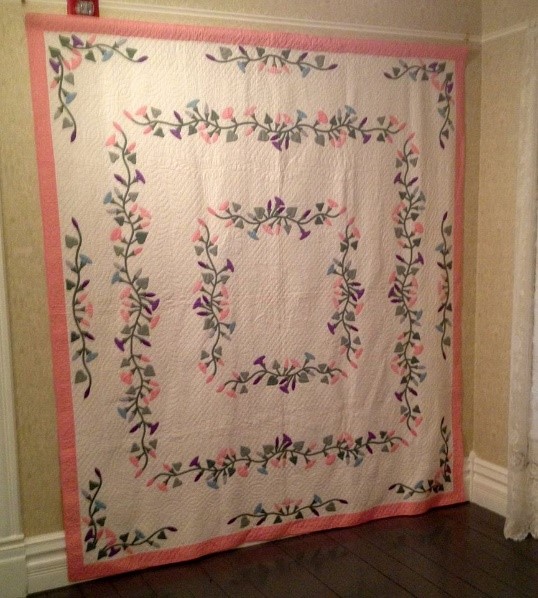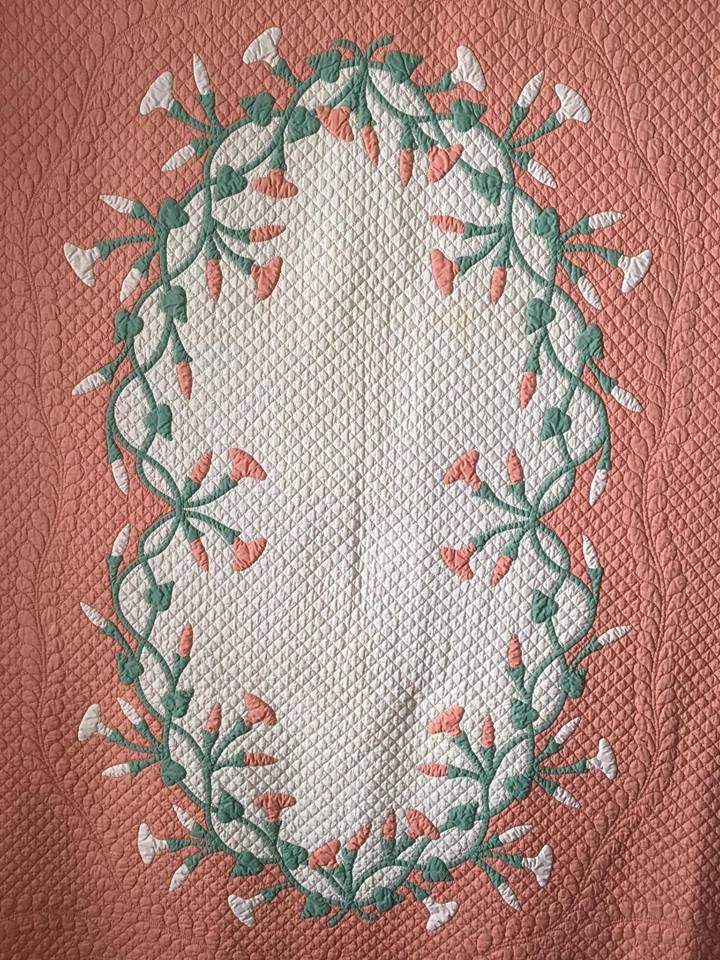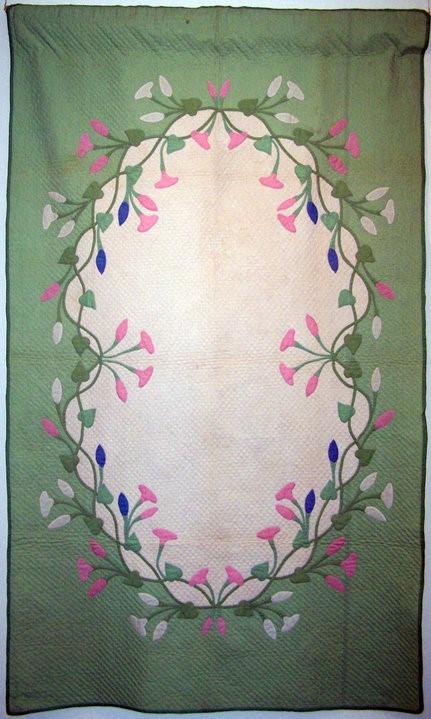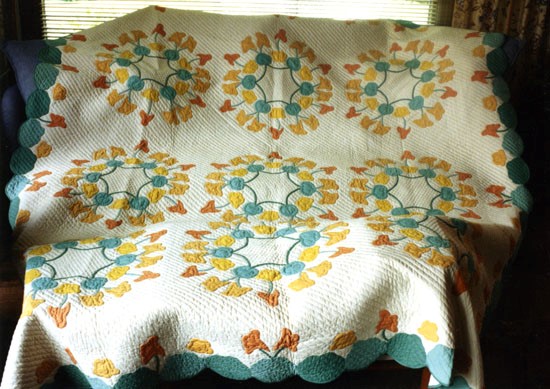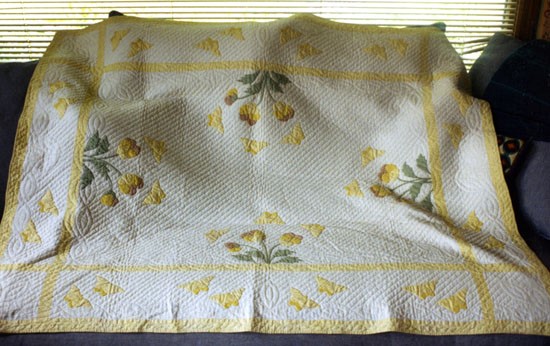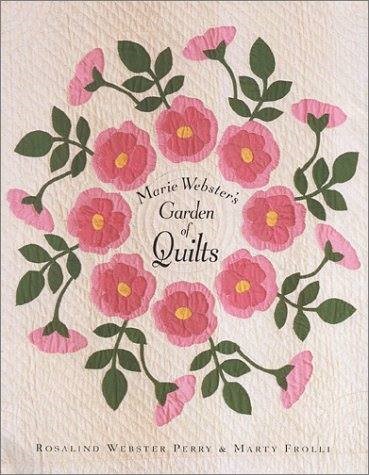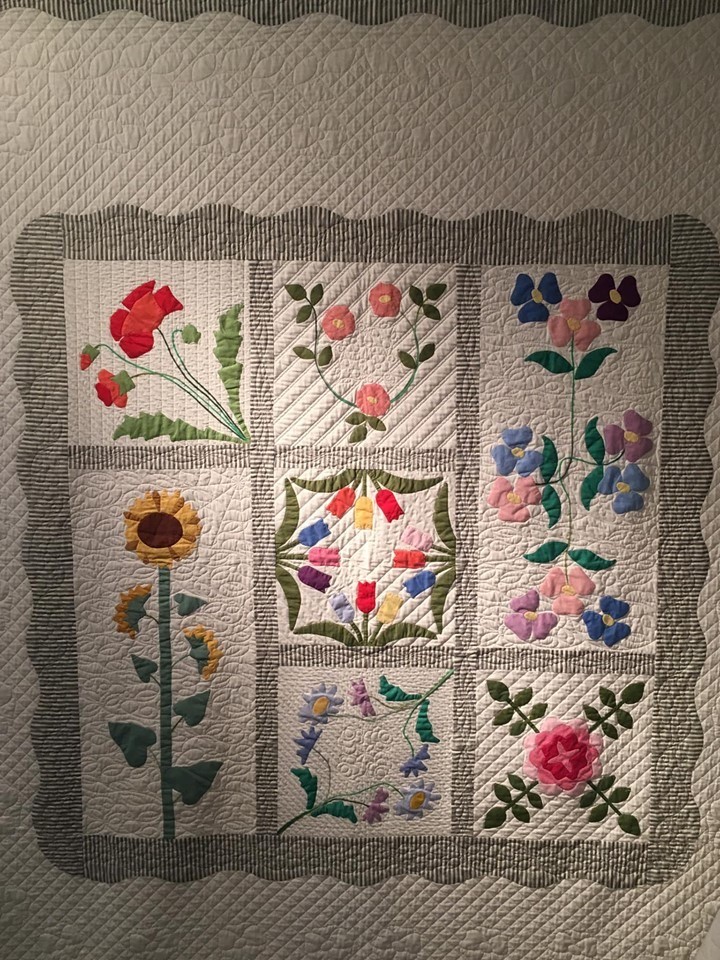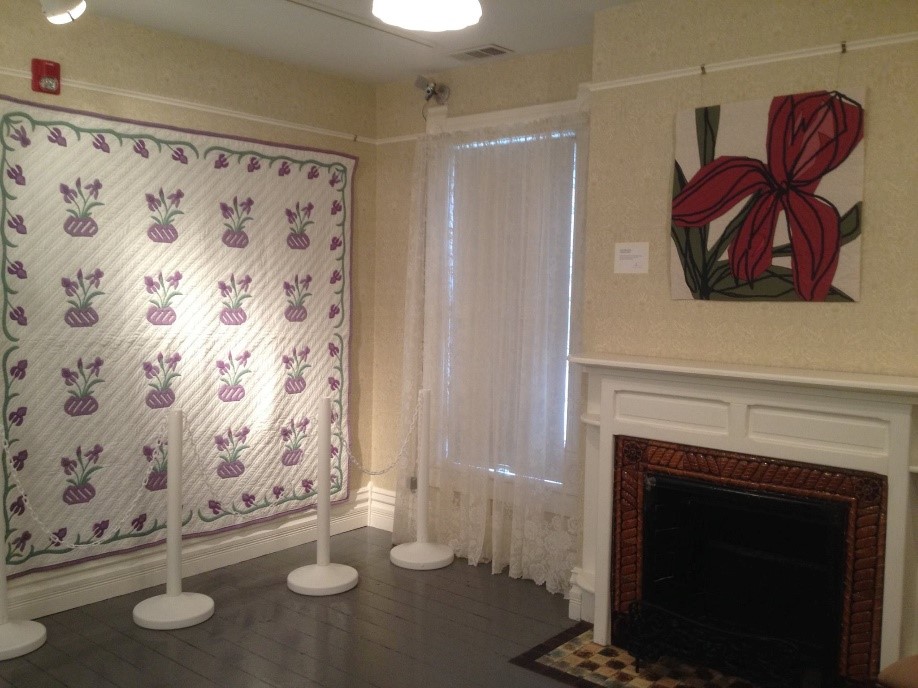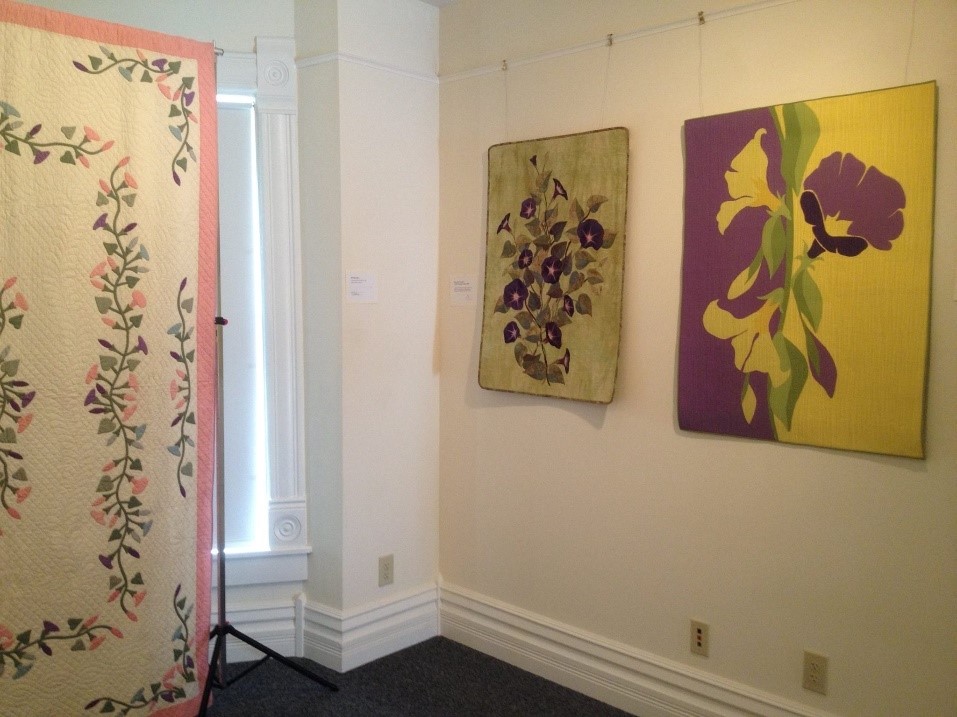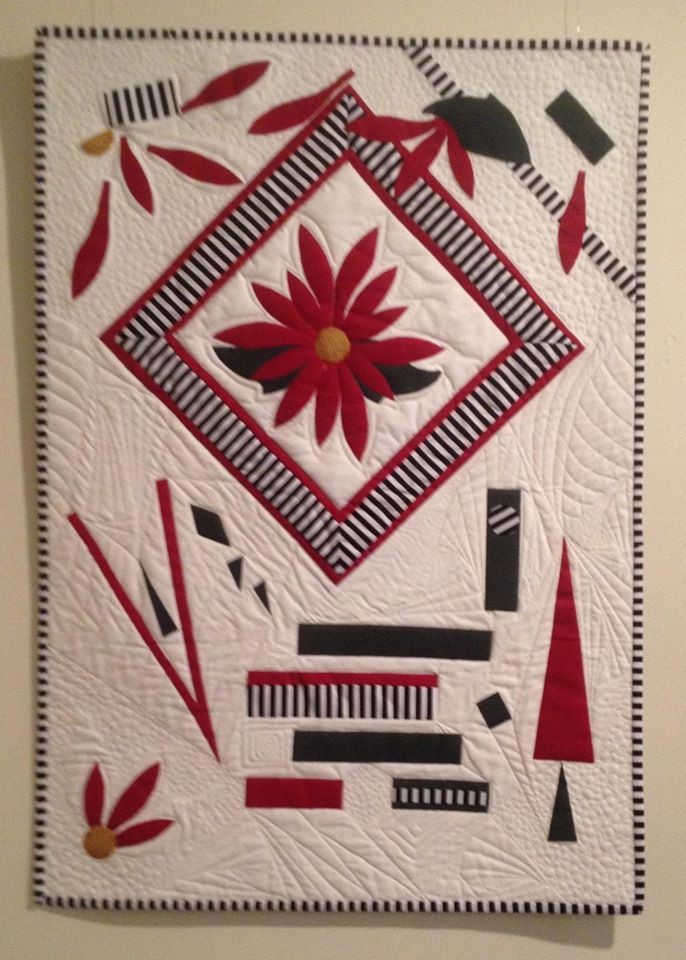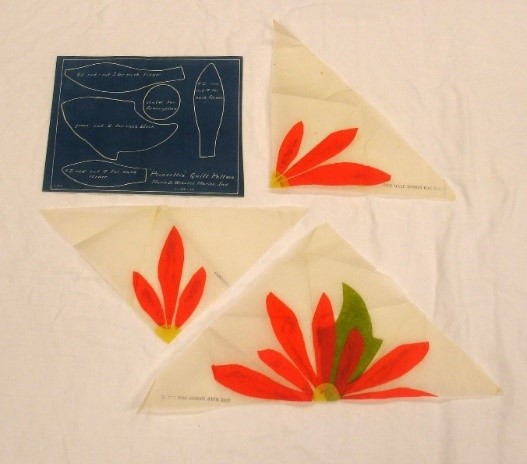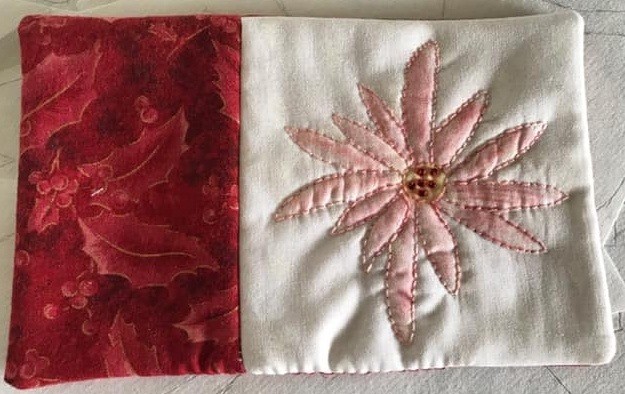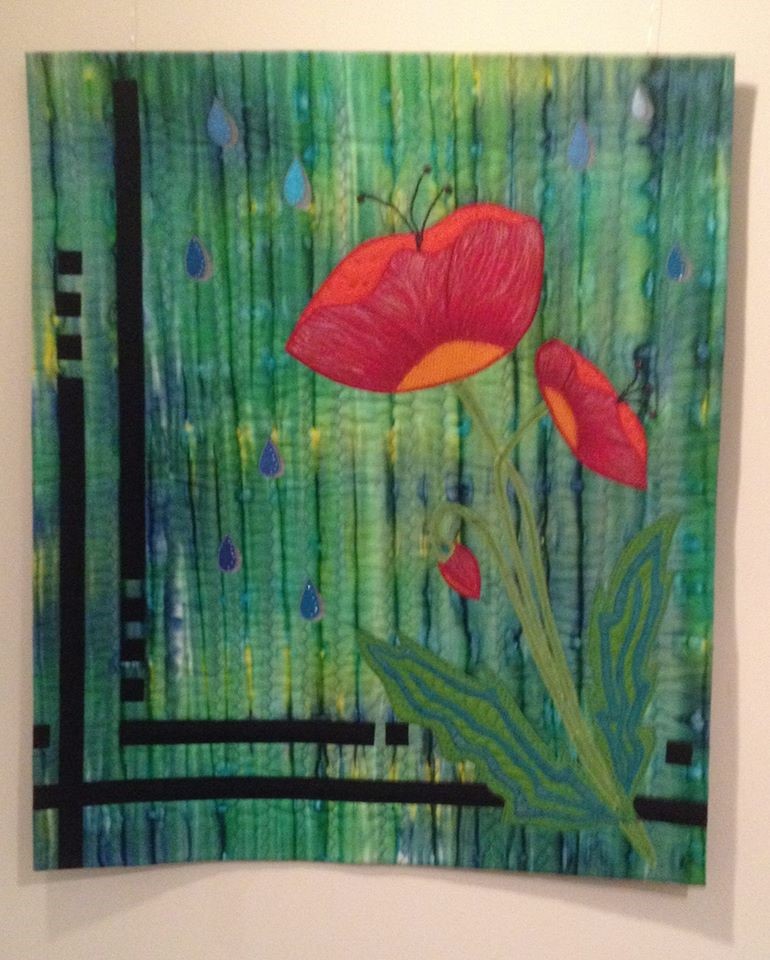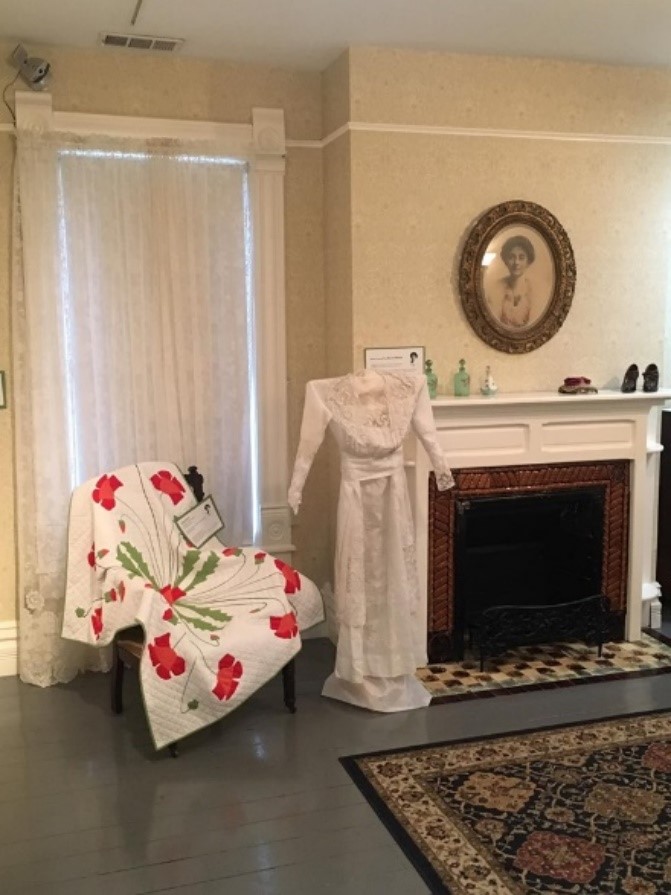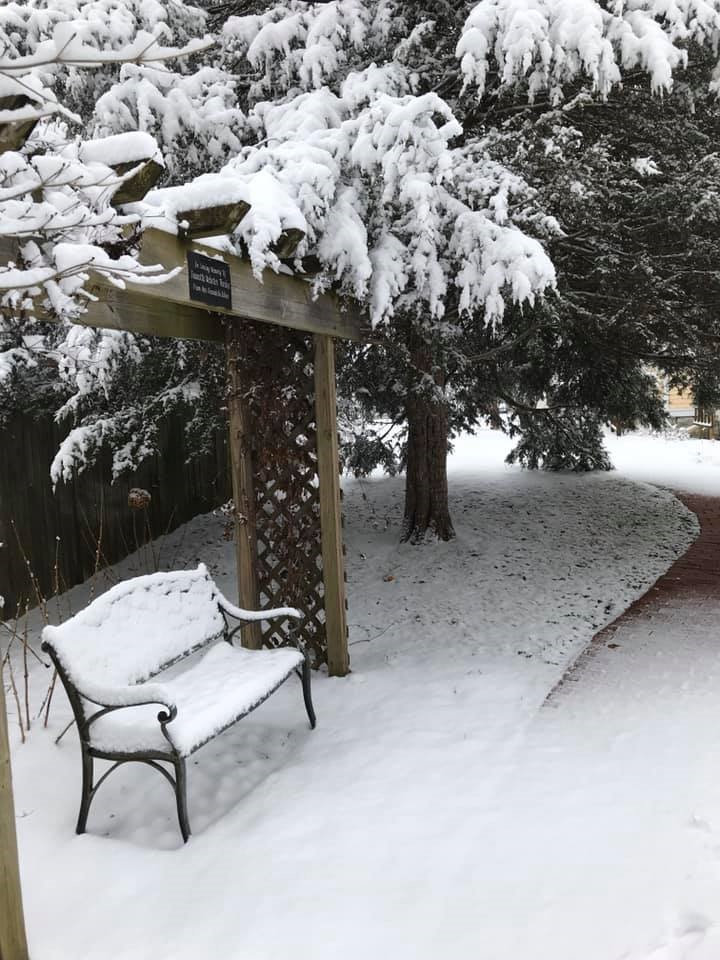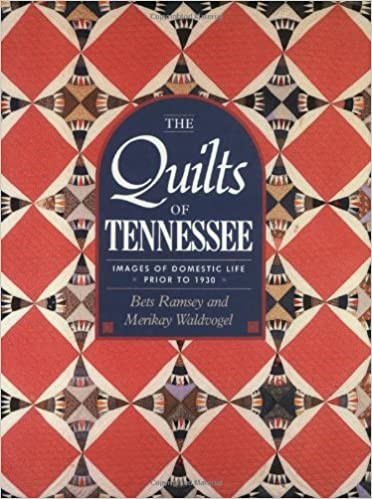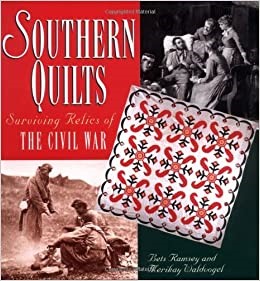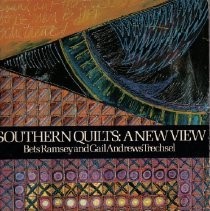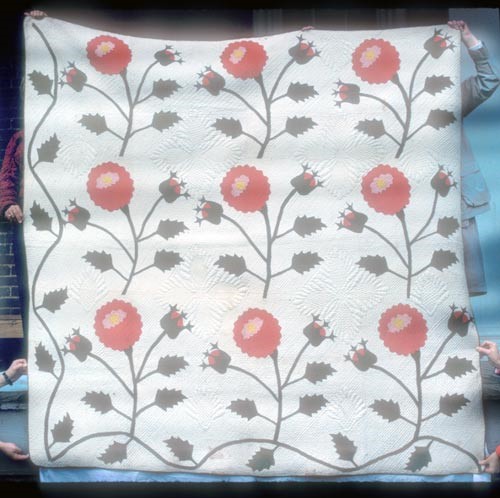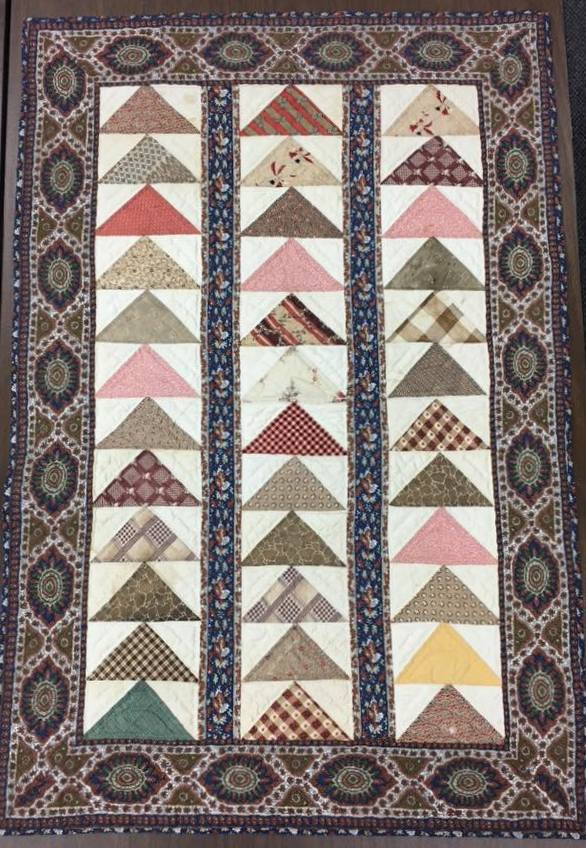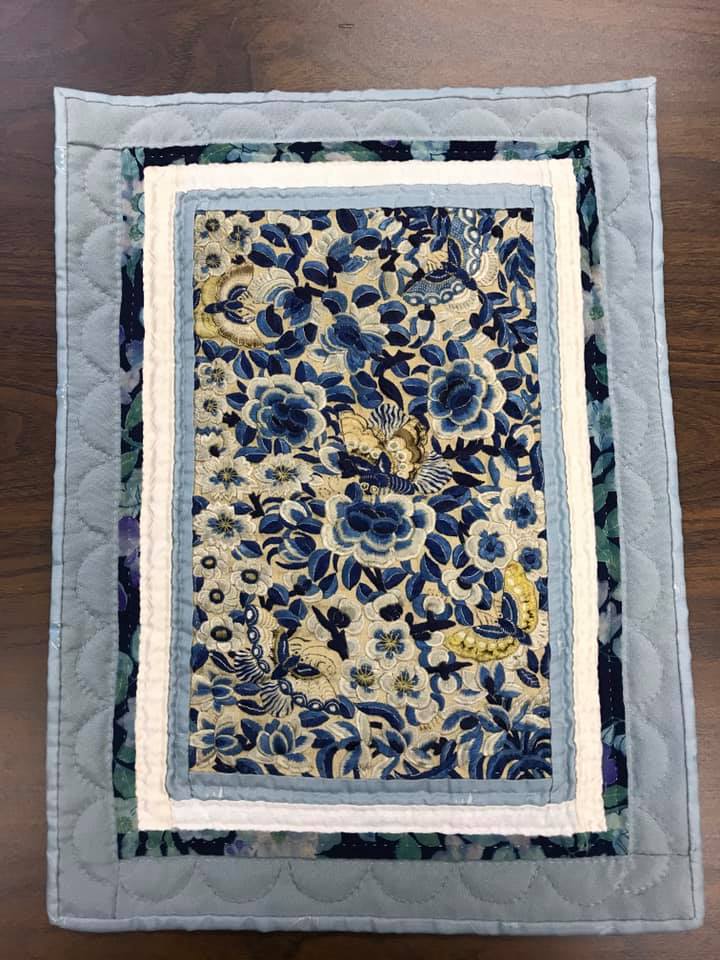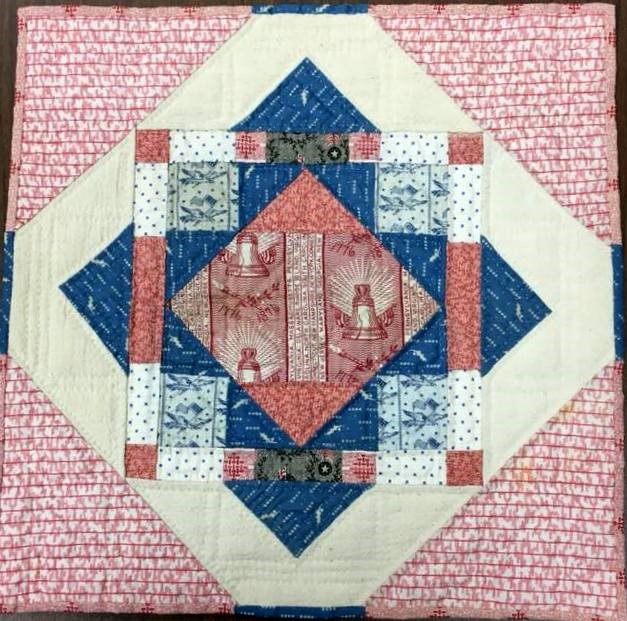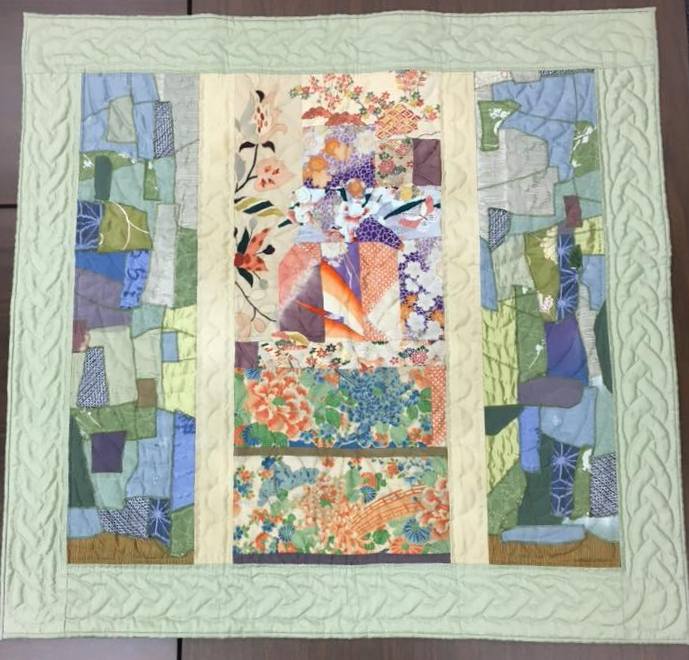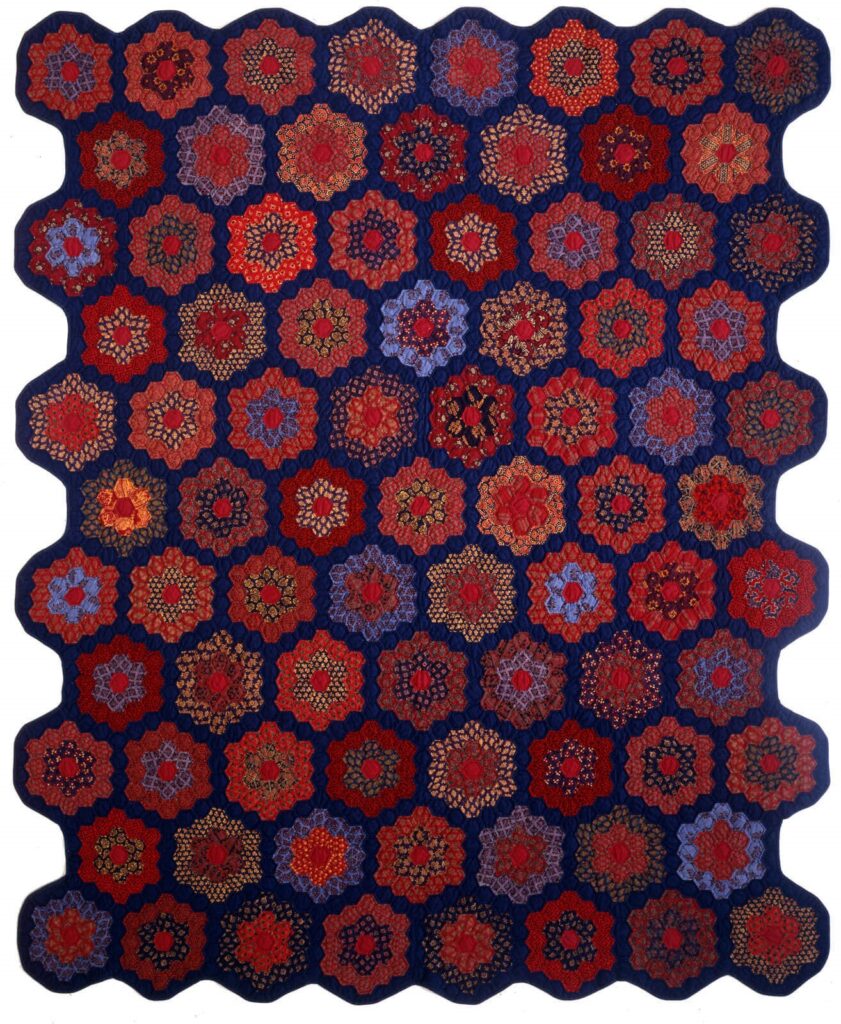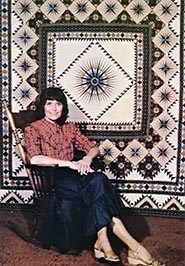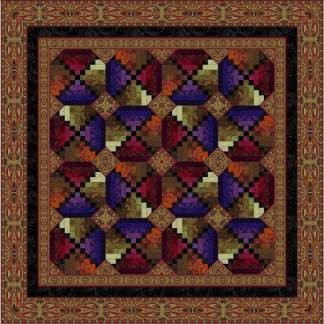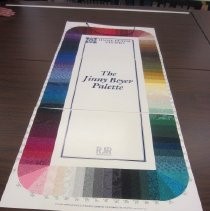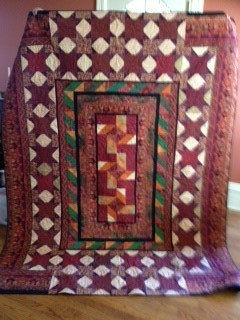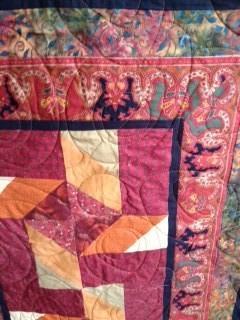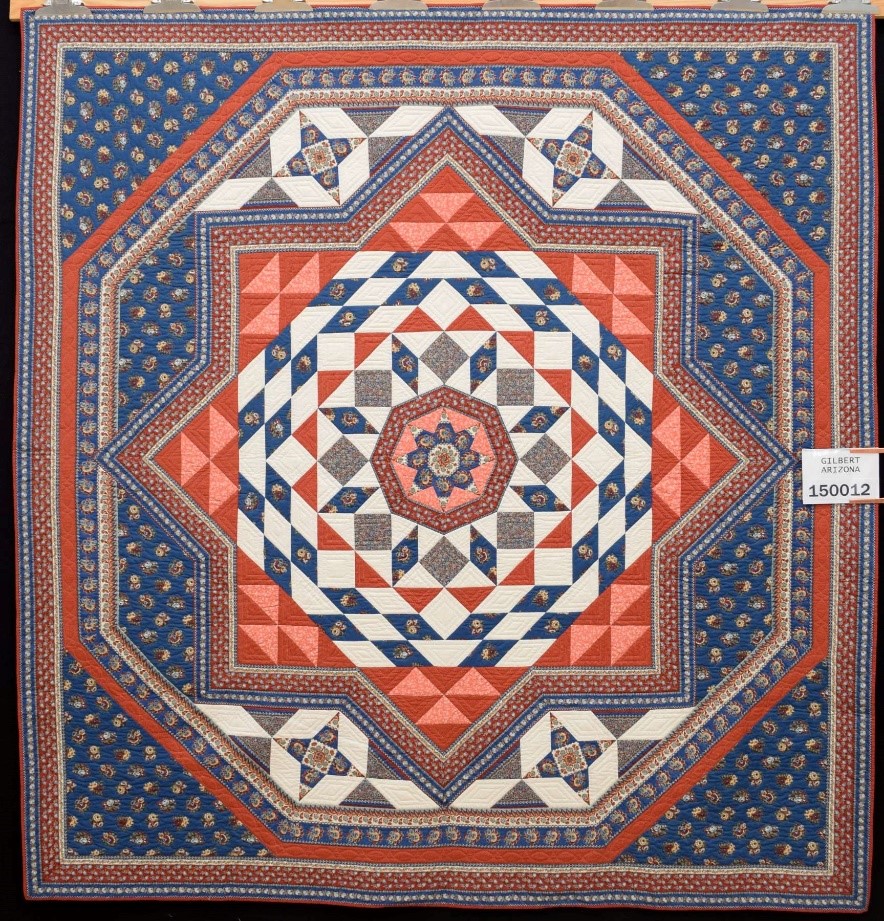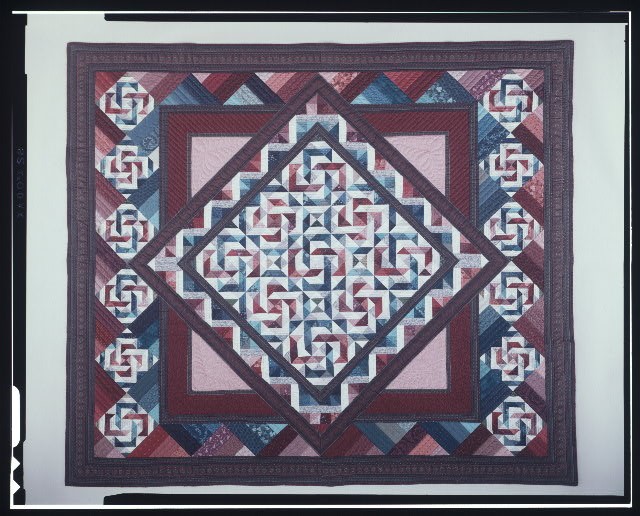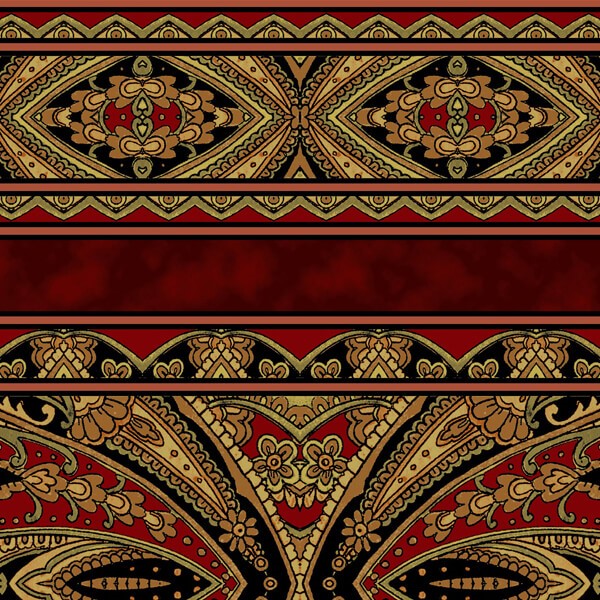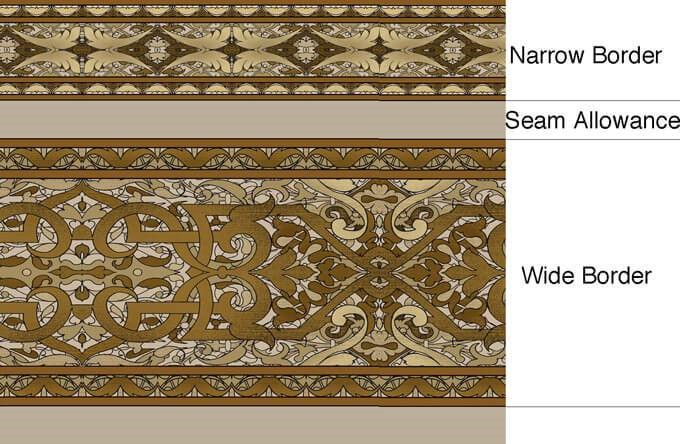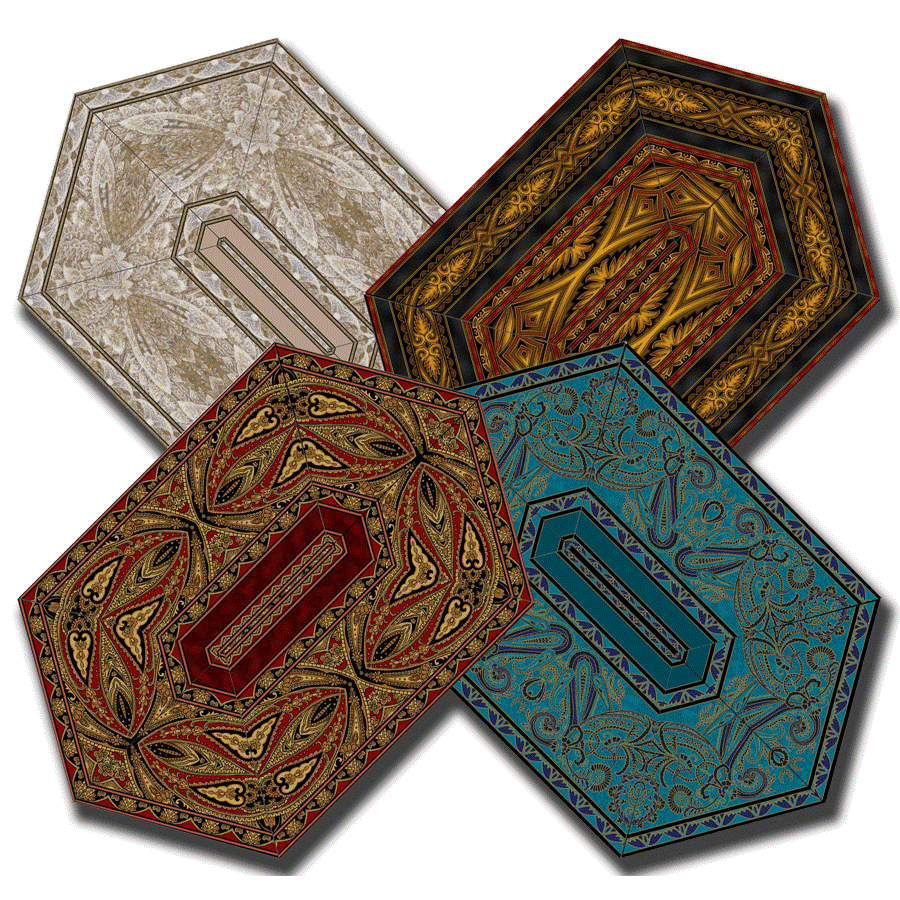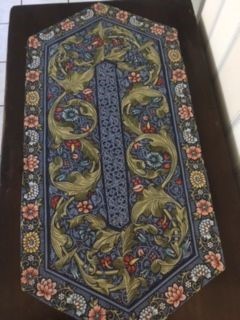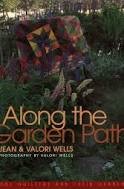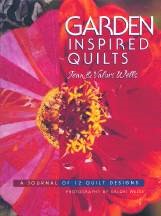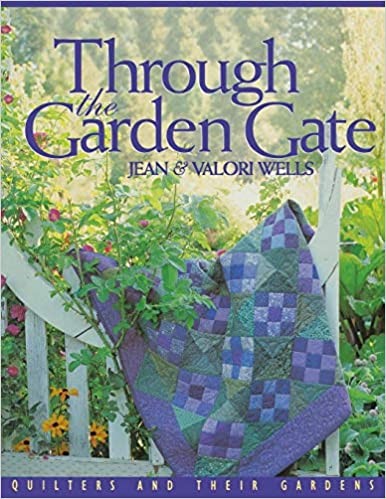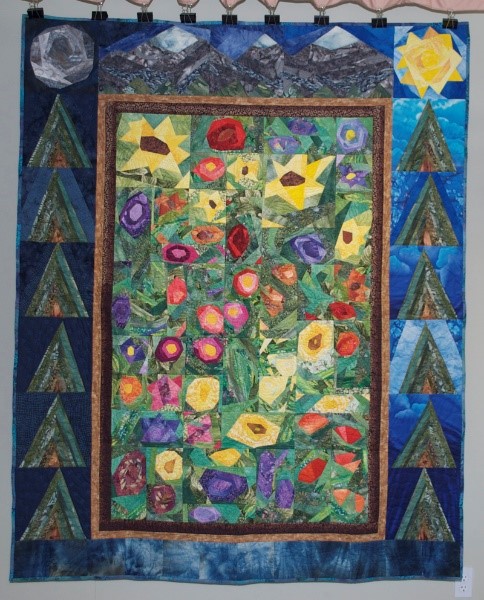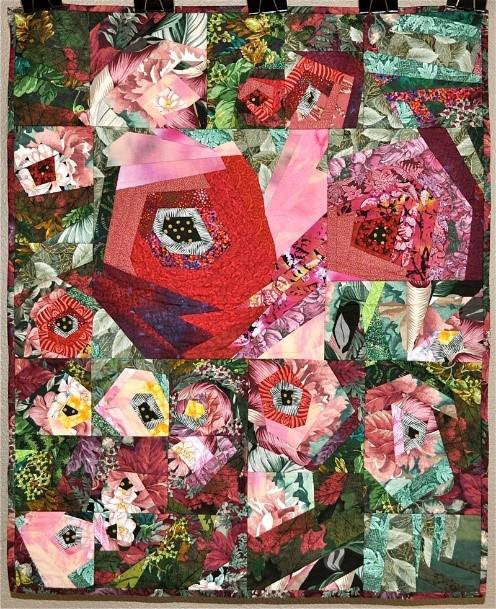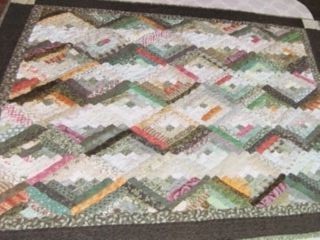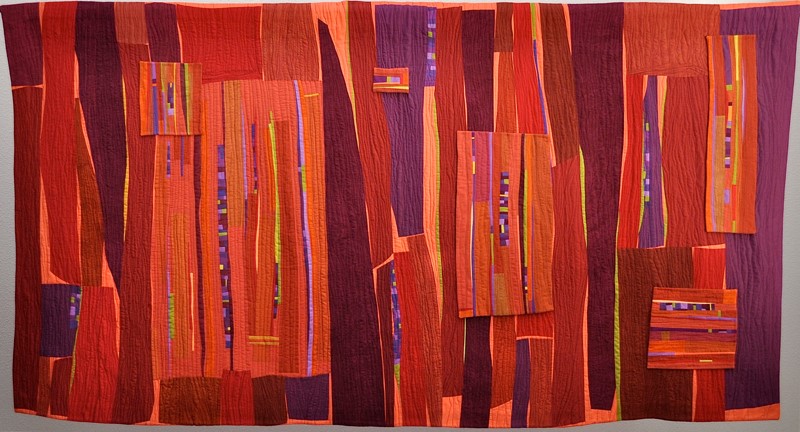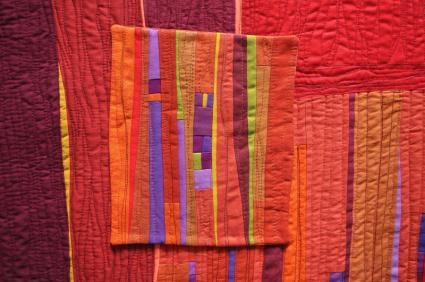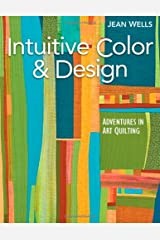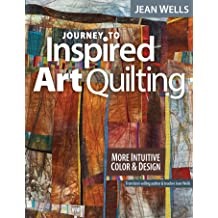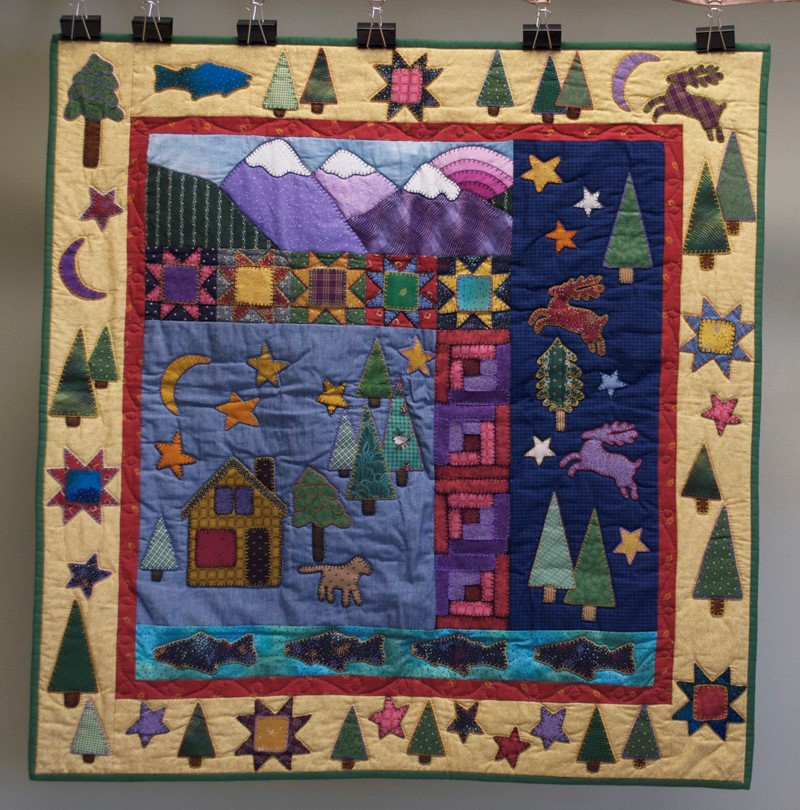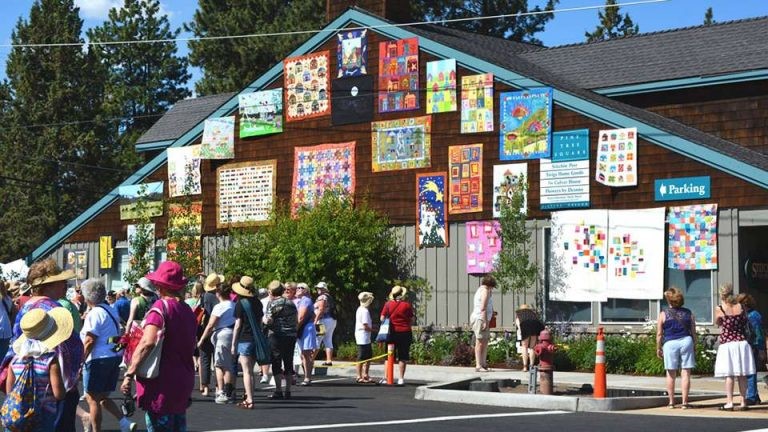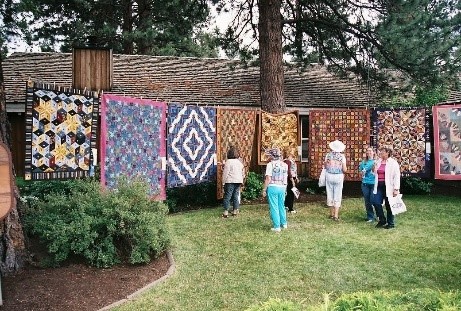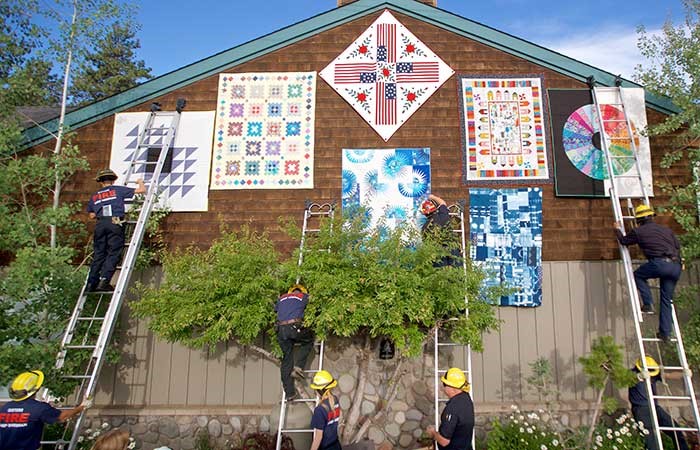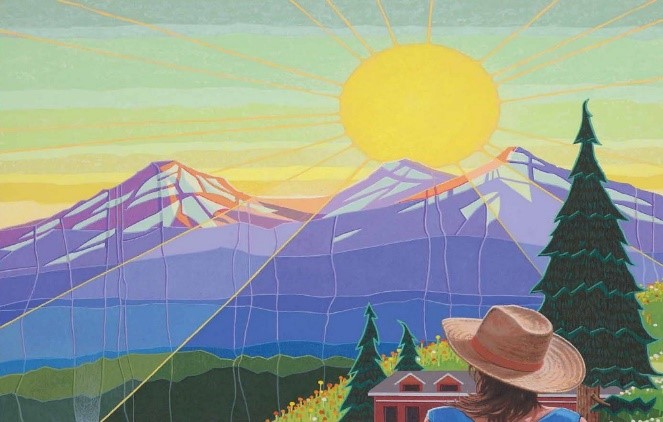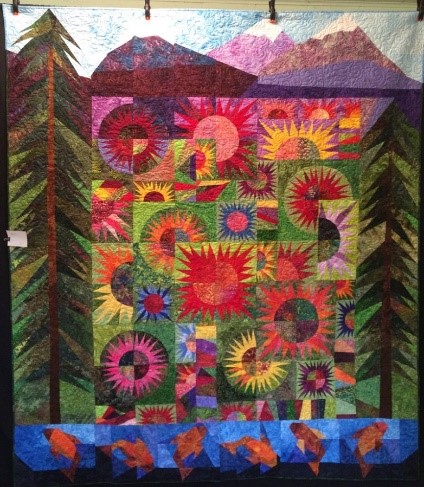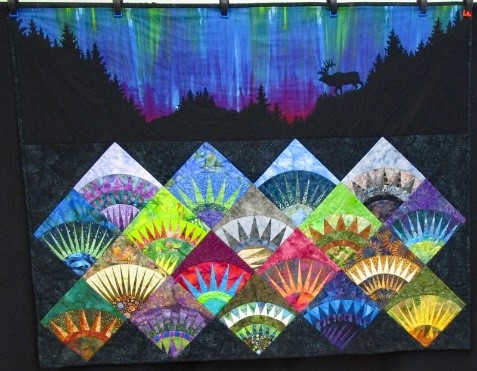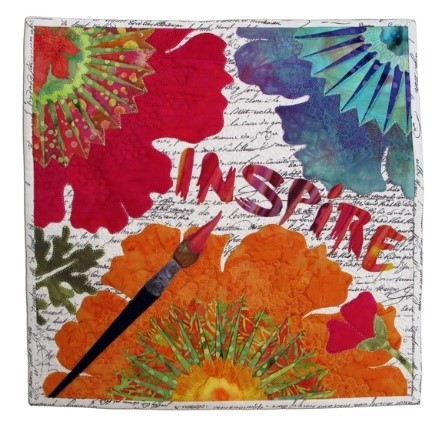Joy in Beauty: Rose Kretsinger
I have an item of housekeeping before I write about this week’s Honoree. A shout out to Dale Drake, who edits my rough drafts so you don’t have to be subjected to word salad, half-cut pastes and poor grammar. I try very hard to grammatically follow the rules, but she always finds something that can corrected or improved. (Let’s see if she catches that last one.) Dale is the Chair of the Collections Committee at The Quilter’s Hall of Fame, a crafter (who do you know who still tats? or makes her own kaleidoscopes?), and a scholar who has researched her own quilting heritage (Louisiana cotonnade quilts from her Acadian ancestors). And she still finds time to help me out every week. Thanks, Dale!
OK, on to Rose Kretsinger, whom I thought would be a quickie because I was feeling lazy this week. But I found lots of good stuff, as you’ll see, and went off on a few fun tangents.
Rose Kretsinger put Emporia, Kansas on the 1930’s quilting map. Coming from a Kansas family of crafters (grandmother made quilts, mother painted china, grandfather was a potter), Rose received formal training at the Art Institute of Chicago under Alphonse Mucha and others, graduating in 1908. She worked for several years designing fabric and buying for Marshal Field’s department store and designing jewelry. When her marriage took her back to Kansas, she applied her knowledge and aesthetic to quilting.
That aesthetic was greatly influenced by the Arts and Crafts Movement. Following William Morris’ directive, “Have nothing in your house that you do not know to be useful, or believe to be beautiful,” she made quilts that embodied both ideals. It gave her joy, and throughout her career she sought joy in beauty. You can read a bio of Rose Kretsinger at the Hall of Fame link below, or if you have time (and who isn’t looking for a diversion these days?) you can listen to a fleshed out story of her life given by scholar Jonathan Gregory of the International Quilt Study Center.
Let’s start with Rose’s masterpiece, Paradise Garden. It was chosen as one of the 100 Best Quilts of the Twentieth Century. You may be familiar with it as the classy peek-a-boo cover of the Hall of Fame book of Honorees.

Here’s a full view:
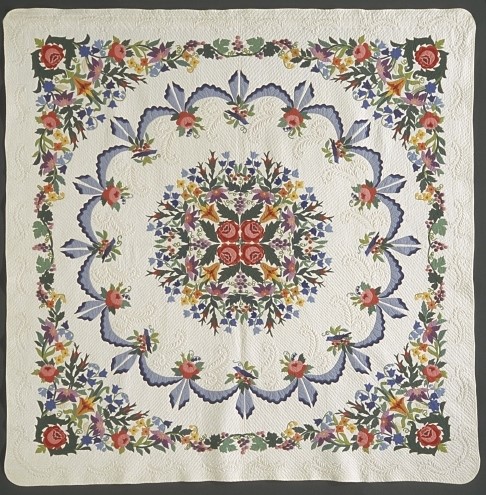
Spectacular, isn’t it? But like so many quilts, this one stands on the shoulders of other quilters in a way that lets us explore Rose Kretsinger and her sense of beauty. It’s not a completely pretty story: Rose took second place in the 1942 National Needlework Contest sponsored by Woman’s Day magazine to a quilt by Pine Eisfeller. In a moment of sour grapes, Rose noted that it was a “poor design,” and went on to create her own version of a garden quilt. Here’s Eisfeller’s quilt:
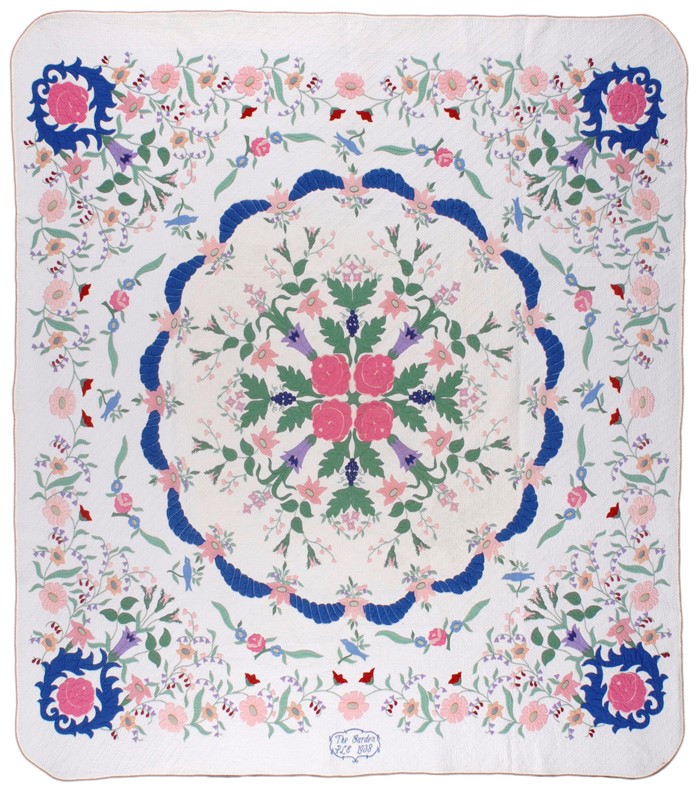
So, what’s wrong with this design? Let’s give it it’s due: it was an adaptation of a classic, taken from an early authority on quilt history—here’s a screenshot from the book.
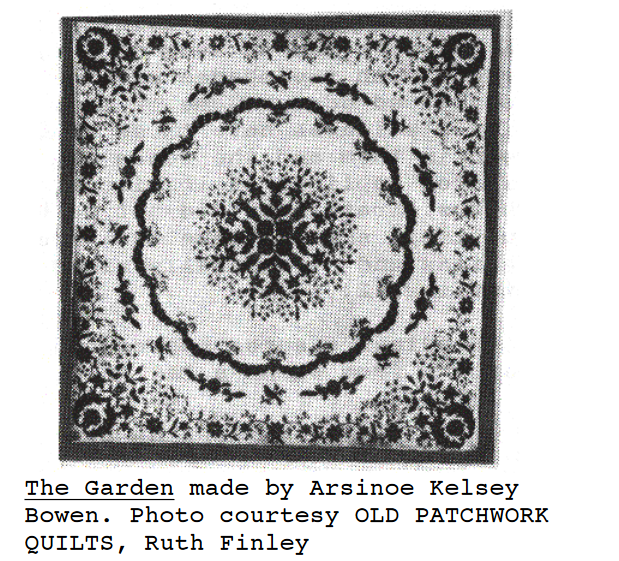
Not only did Eisfeller’s quilt take first place in 1942, a quilt from that design won Viewer’s Choice in another national contest held by National Quilting Association in June 1977. And to top things off, Eisfeller’s garden quilt was also named as one of the 100 Best Quilts of the Twentieth Century. Not too shabby for a “poor design”.
Eisfeller changed the Bowen quilt to her liking. She says, “The original Garden quilt had more open space …but I wanted mine to be more flowery.” And it certainly is. But maybe that reduction of open space was what Kretsinger didn’t approve of. Certainly, Paradise Garden returns to the well-defined rings of white space. And I admire the relief from the curvilinear that is provided by the angular swag drape. Eisfeller’s colors are sweet; Kretsinger’s are bold and rich—I think that’s just a matter of taste, not design.
Apparently, these garden medallions were the pinnacle of mid-30’s craftsmanship (kits abounded, and double wedding rings were easy by comparison). Here’s another Kansas version:
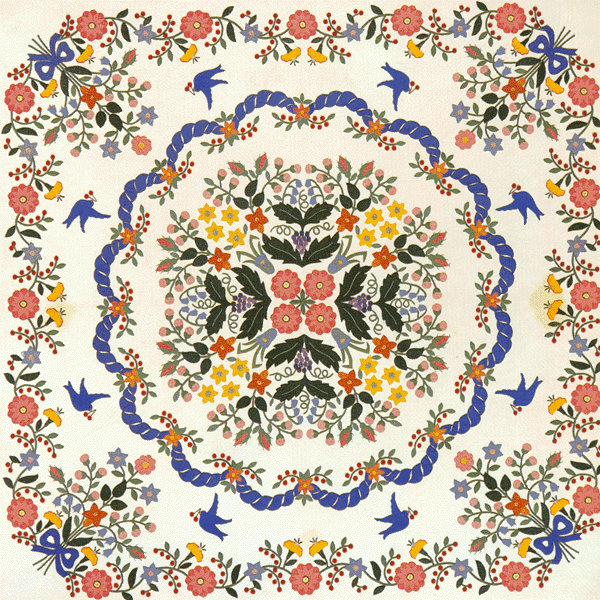
And they remain popular into the 21st Century.
Right: Betty Ekern Suiter’s Creation Springs Forth- got a 3rd place in Houston, 2012.
What would Rose Kretsinger have to say about these designs? Would she complain that the green leaves are clunky, or object to the jumble of shapes (heart, squares)? Would she like Suiter’s limited palette? Here’s another of Kretsinger’s floral quilt designs for comparison.
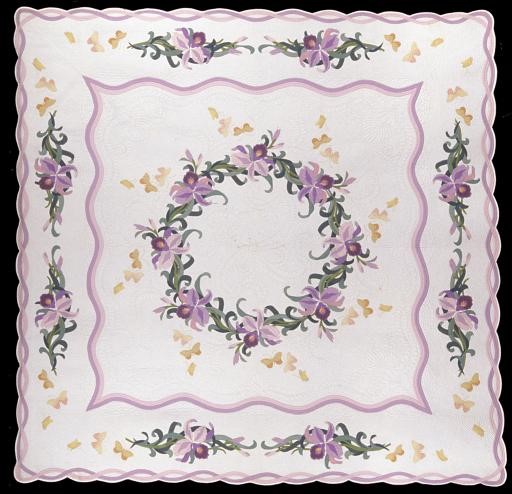
Plenty of white space—check. Complementary colors—check. Several values of each color – check. Framed circle—check. Graceful curves—check. Good ratio between central image and border image—check. Good design! I’m beginning to feel like I’m channeling Rose Krestinger’s aesthetic. So now I feel confident enough to critique one of her quilts. Here’s her Indiana Wreath on the left and the frontispiece from Marie Webster’s book, embroidered with “E.J. Hart, July 1858,” on the right. I like everything about Rose’s quilt better except her flattening of the points made by the grapes. But, until I can applique like that, maybe I shouldn’t be criticizing.
One last view of a garden quilt. This one is taken from a book co-authored by another Hall of Fame Honoree, Barbara Brackman. I’ll leave it to you to decide whether the corner and border treatment is something Kretsinger would have liked (hint: it’s origins are in Emporia); get the book for further reading.
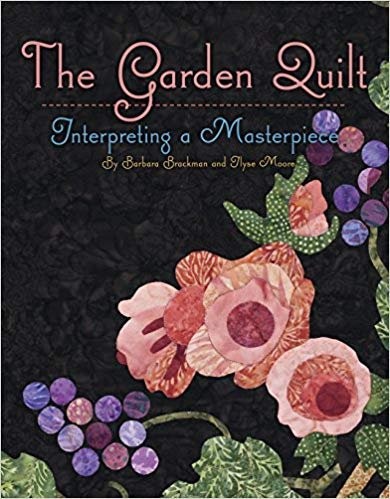
I’ll close by sharing the tangents I found. First, Hall of Fame’s own Deb Divine is from Salina, Kansas and has studied Rose Kretsinger and the Emporia crowd extensively. She has given many living history presentations of Rose’s work to historical societies in the state. Here she is talking about Rose’s 1926 quilt in the Antique Rose or Democratic Rose pattern. There’s a link below to Deb’s full presentation.
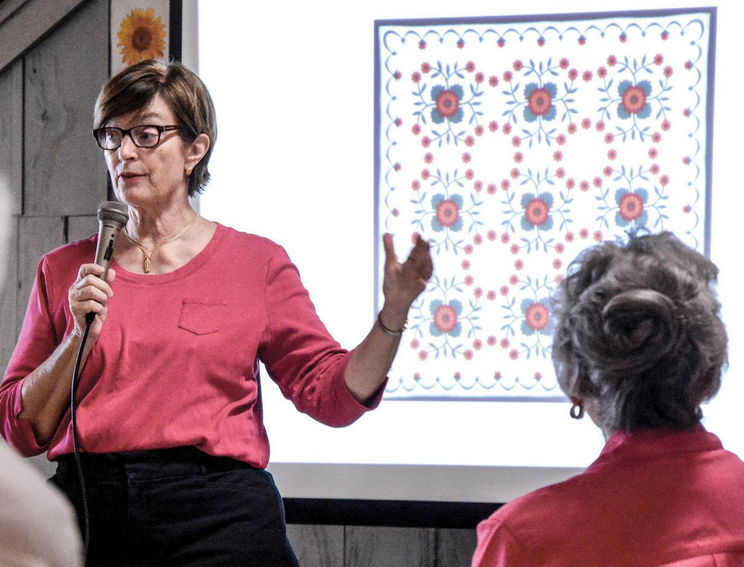
Way to go, Deb! I love finding people I know when I’m searching for info about the Honorees.
The other tangent was discovering that Rose Kretsinger not only made quilts, she did some unusual garment sewing. Use the link to the Spencer Museum to see all of Rose’s quilts plus a bonus of three very creative items of clothing. I’m sure she had fun making them.
Which brings me full circle to close out this discussion of Rose Kretsinger and her search for joy through beauty.
Your quilting friend,
Anna
- Hall of Fame bio https://quiltershalloffame.net/rose-kretsinger/
- Jonathan Gregory’s presentation https://www.facebook.com/watch/?v=219373075977880
- Collection of quilts and other items https://spencerartapps.ku.edu/collection-search#/artist/18103
- Deb Divine as Rose http://claycenterpiotiquequiltersguild.blogspot.com/2014/08/special-visit-from-rose-kretsinger.html
